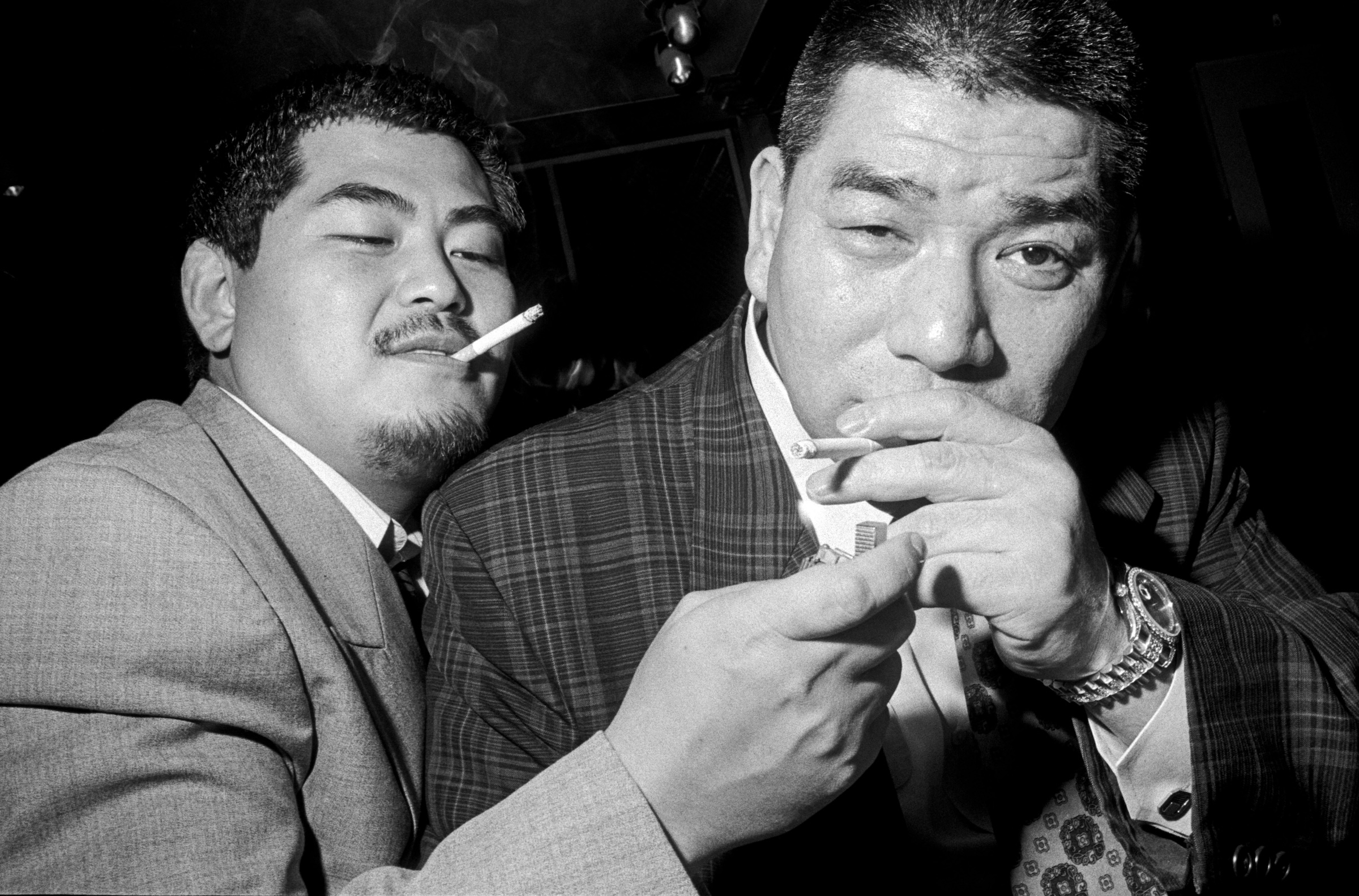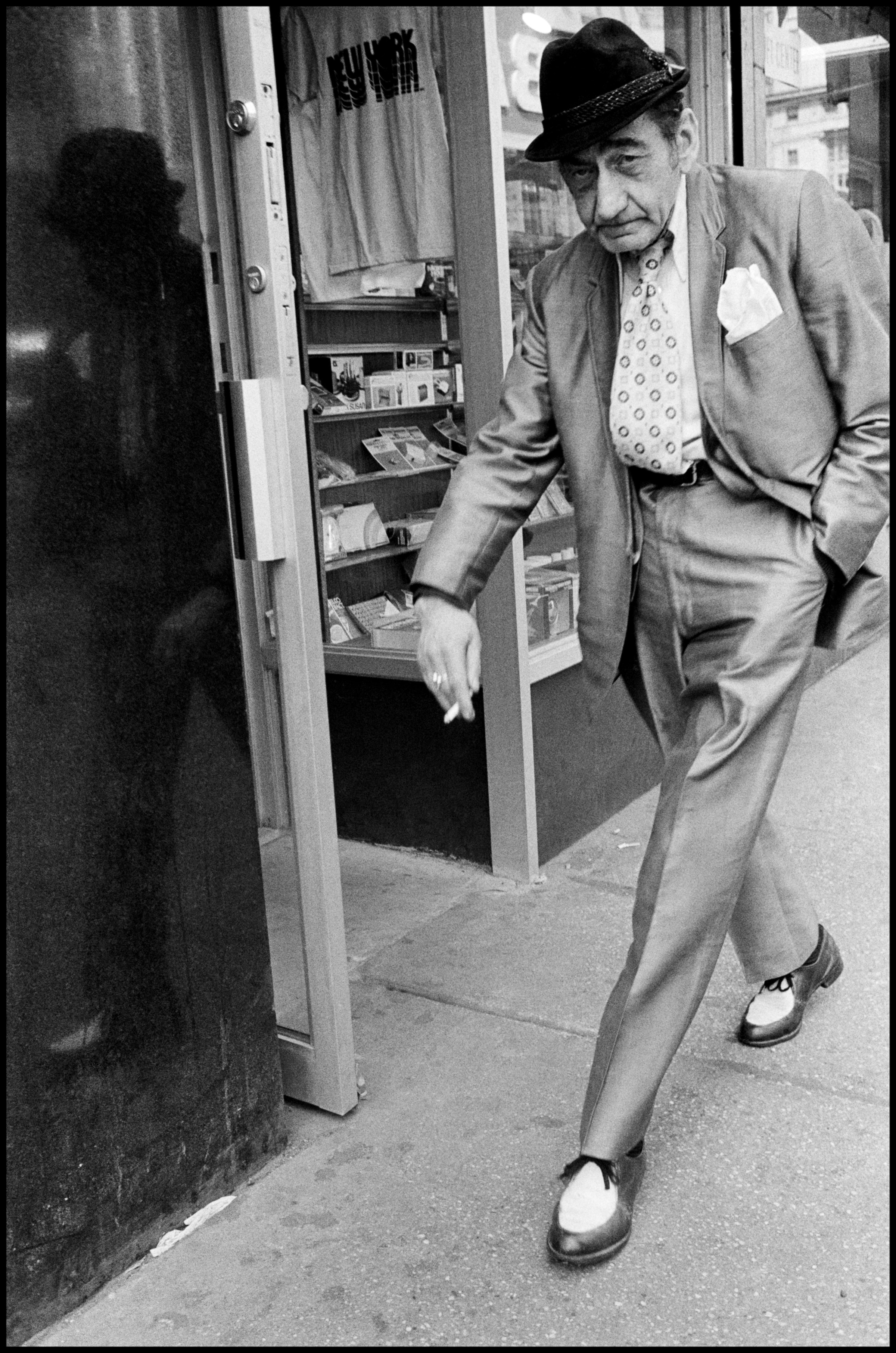These Days, It Only Goes Down in the DM

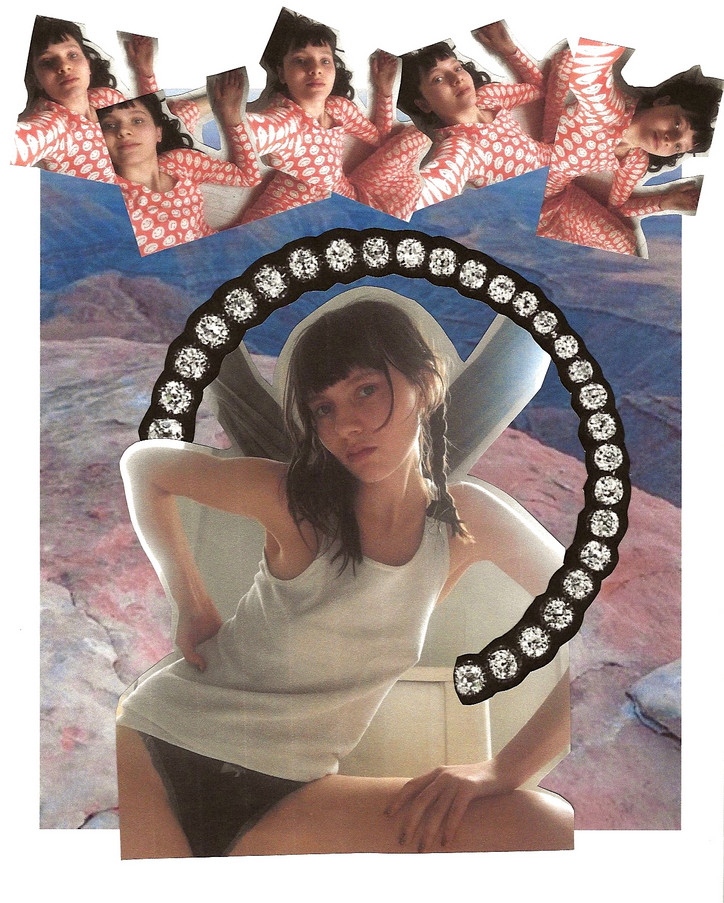
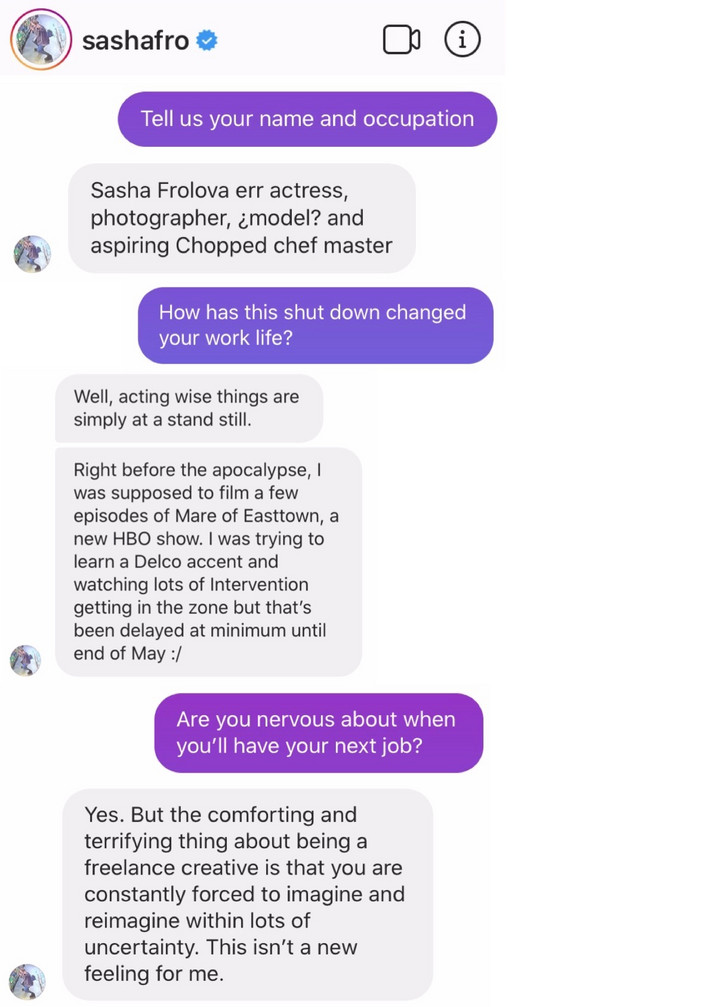
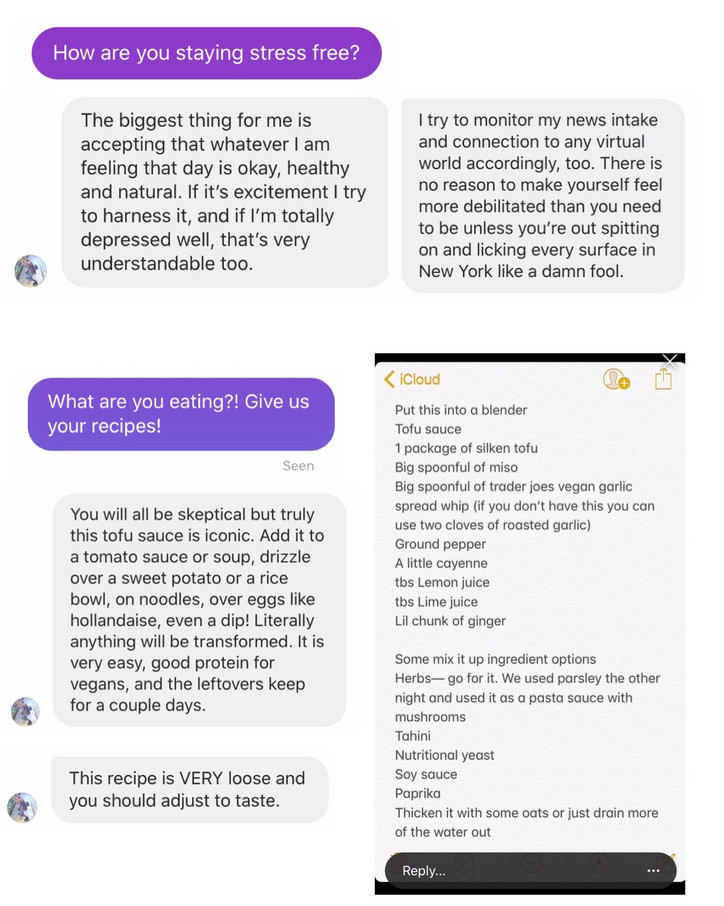
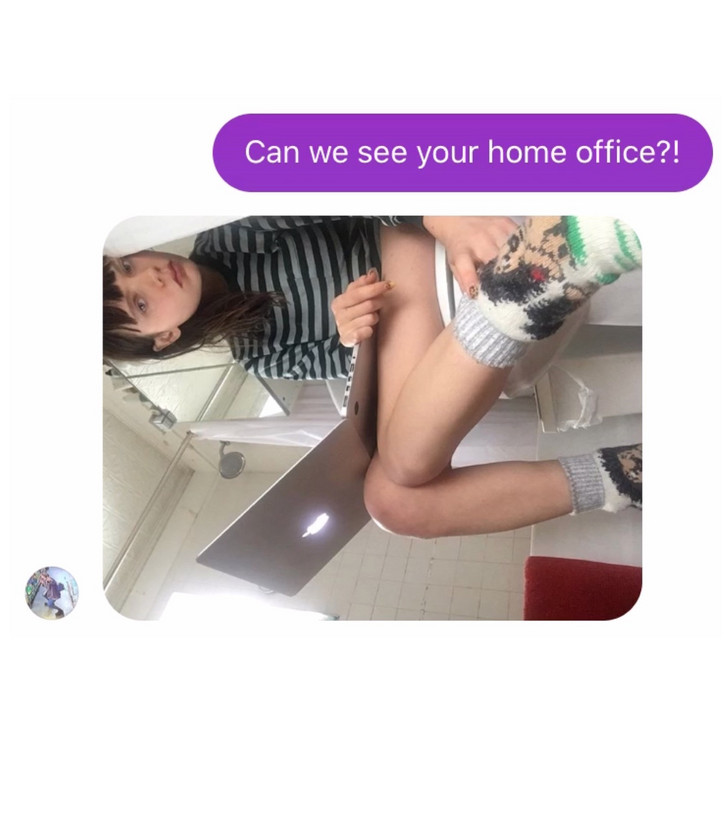
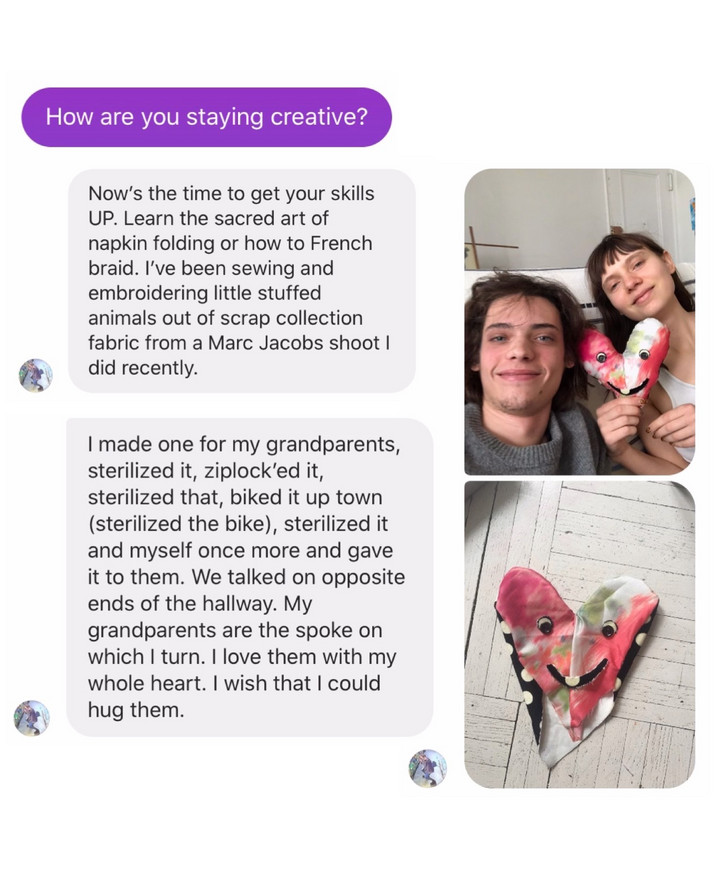

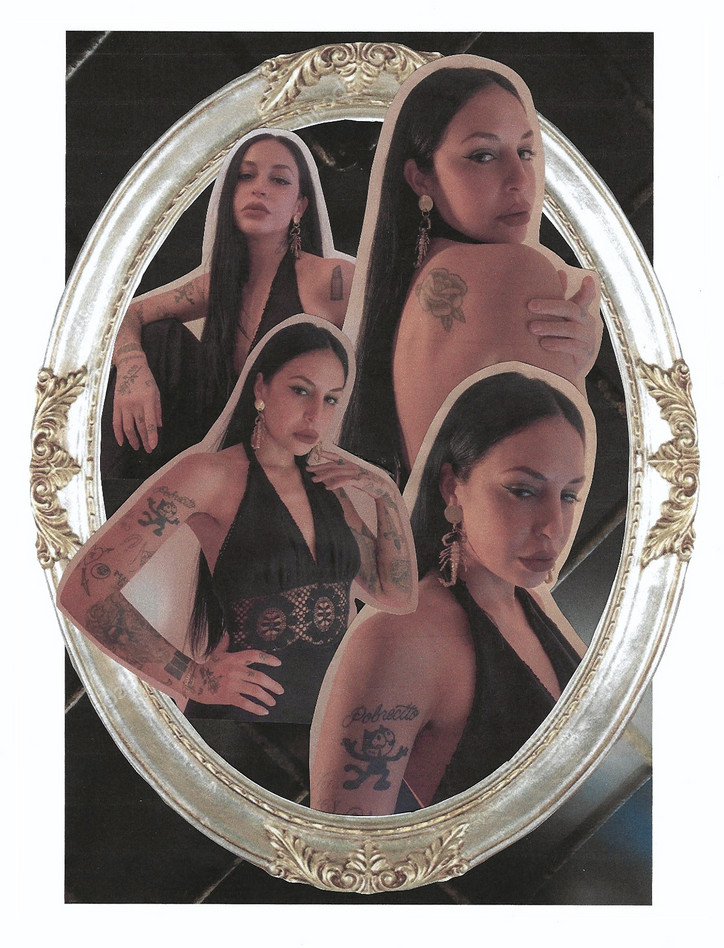
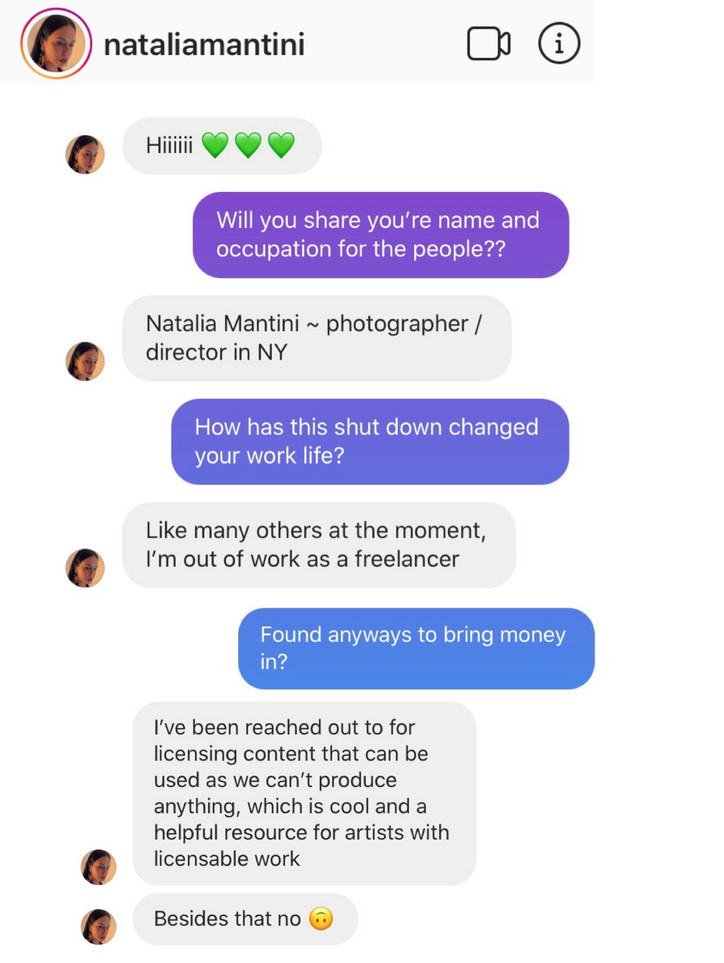
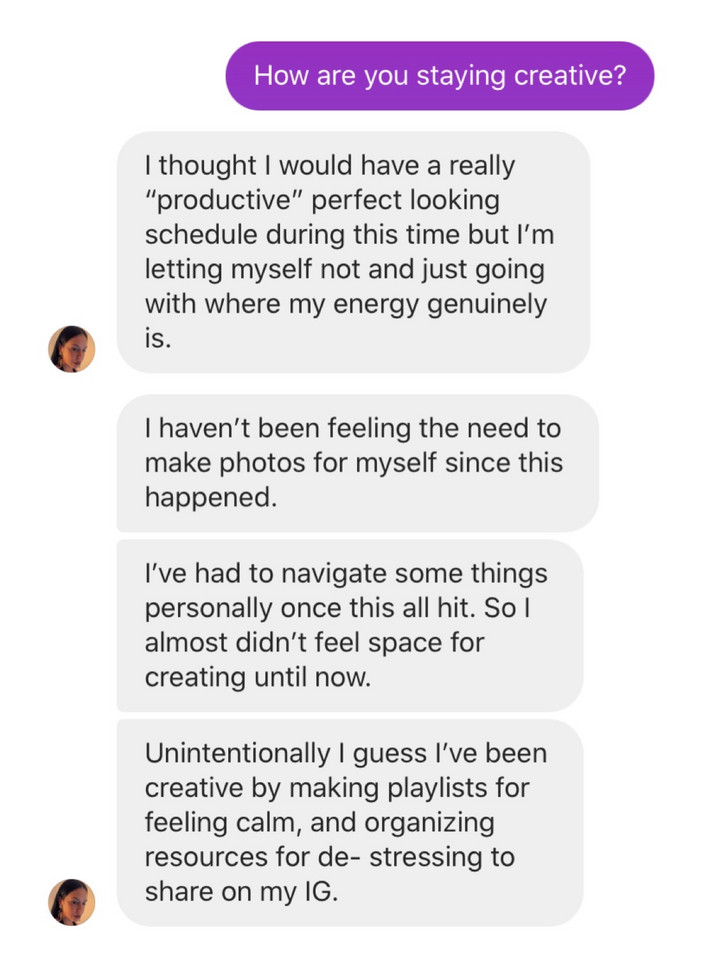
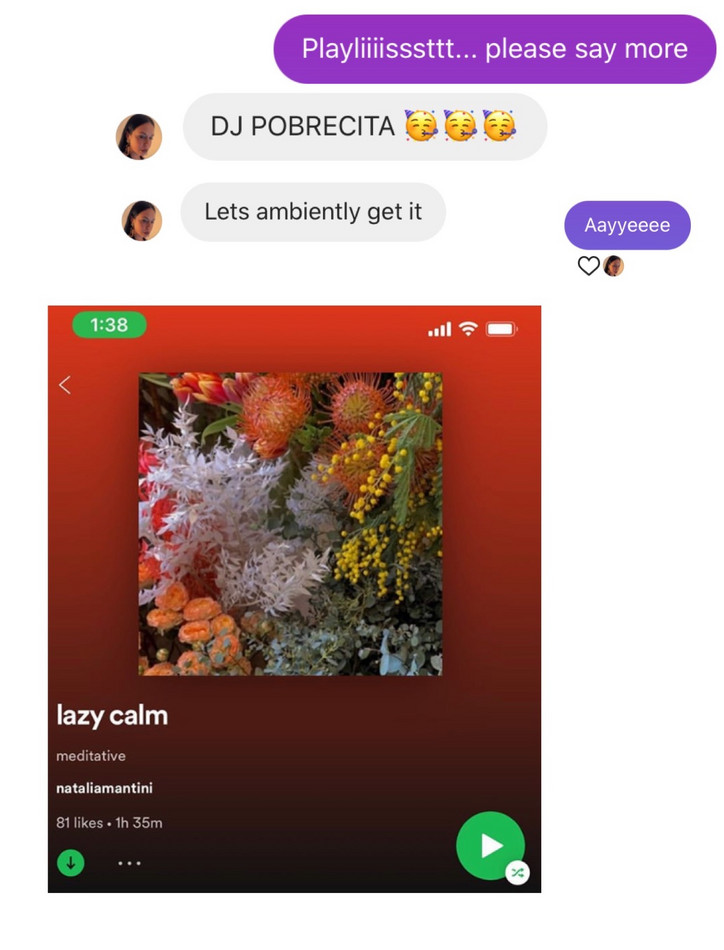
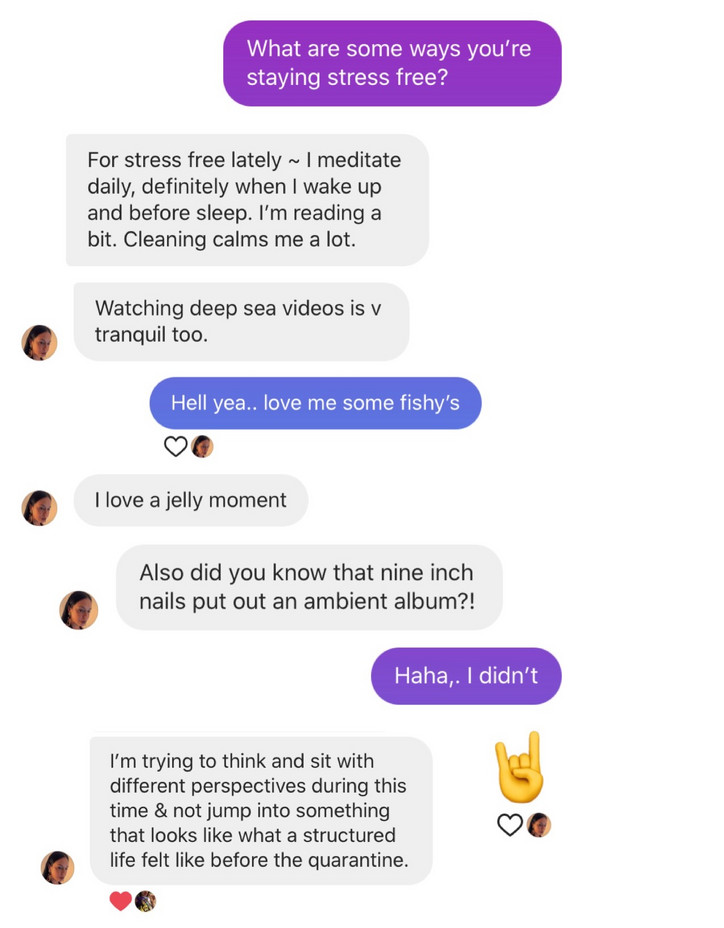
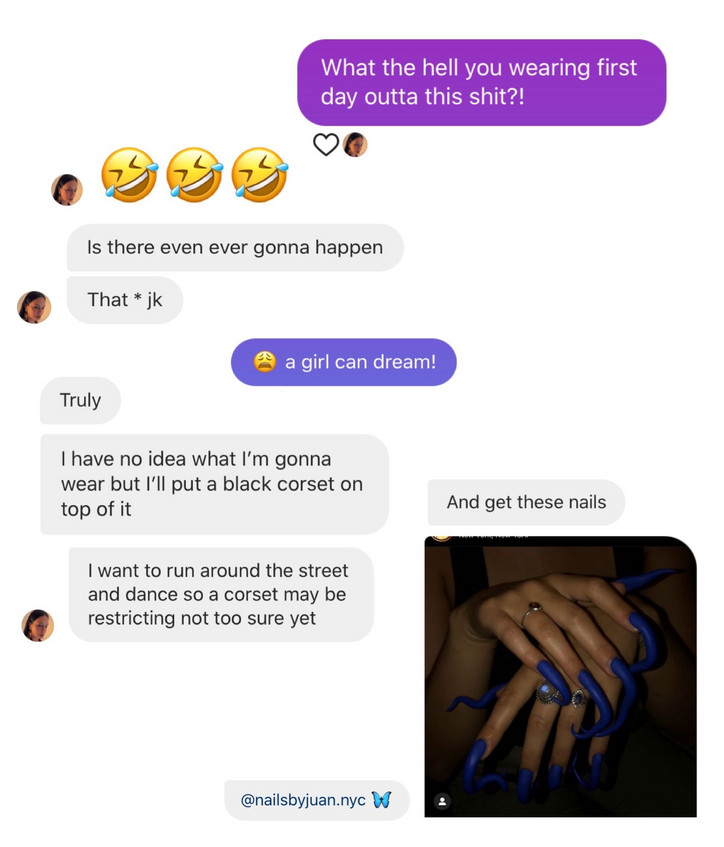


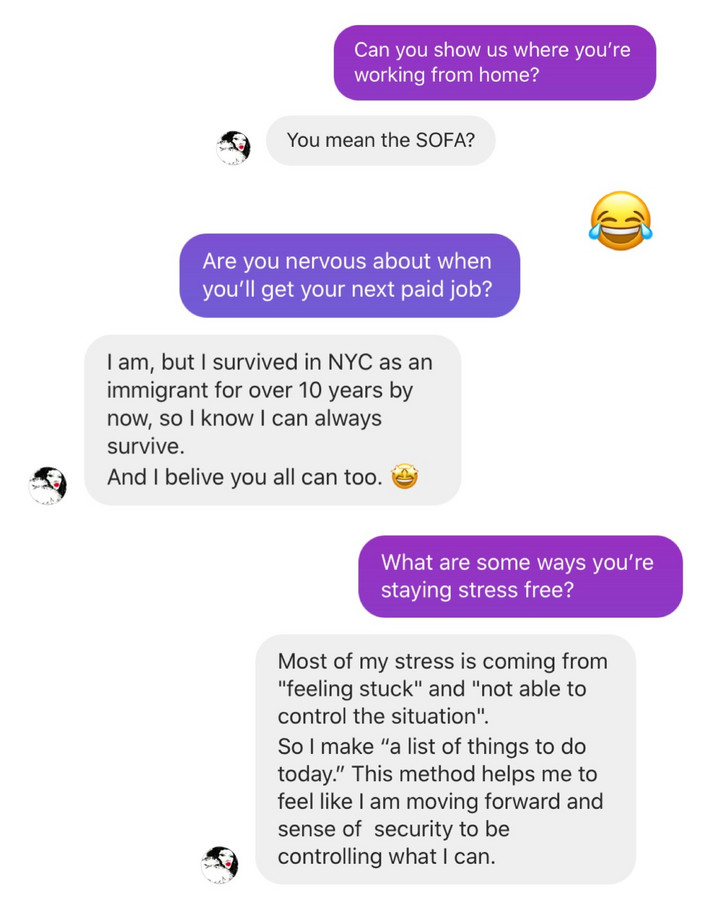
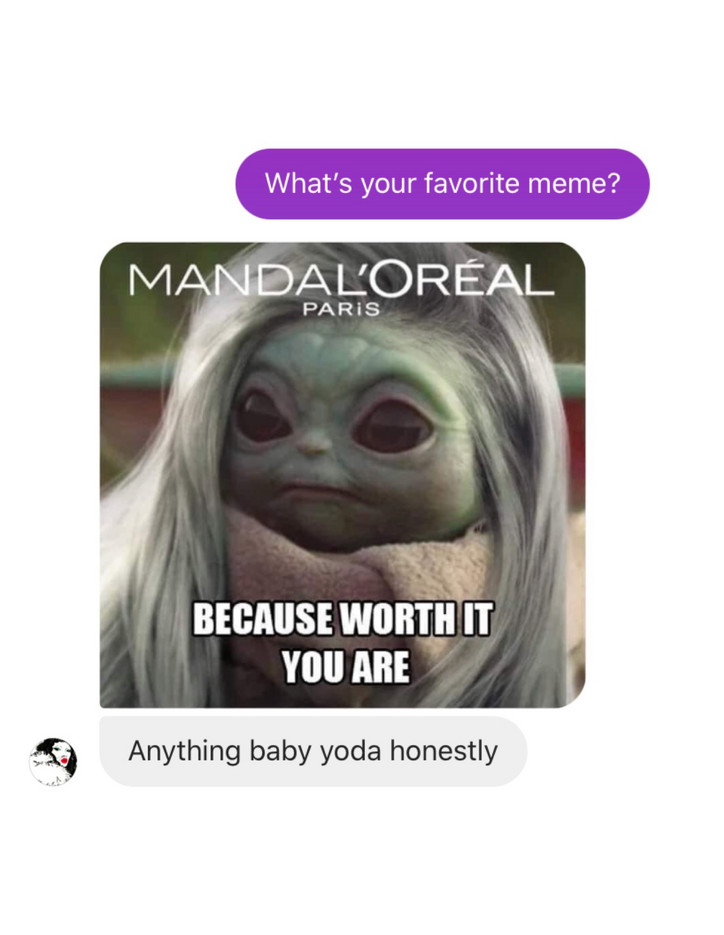
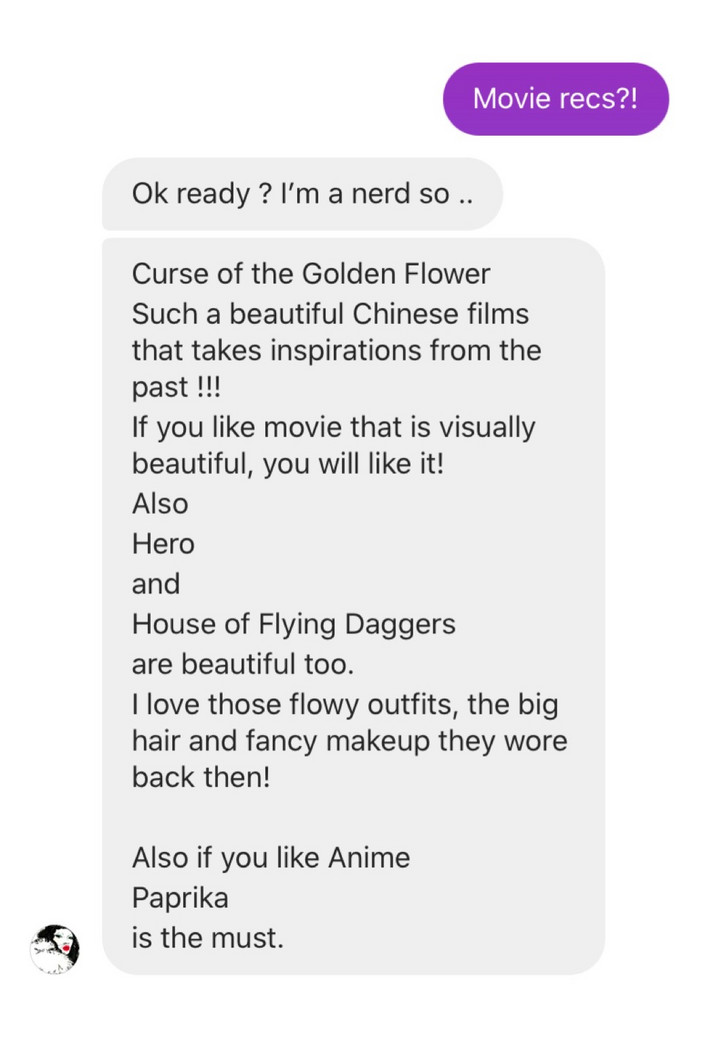
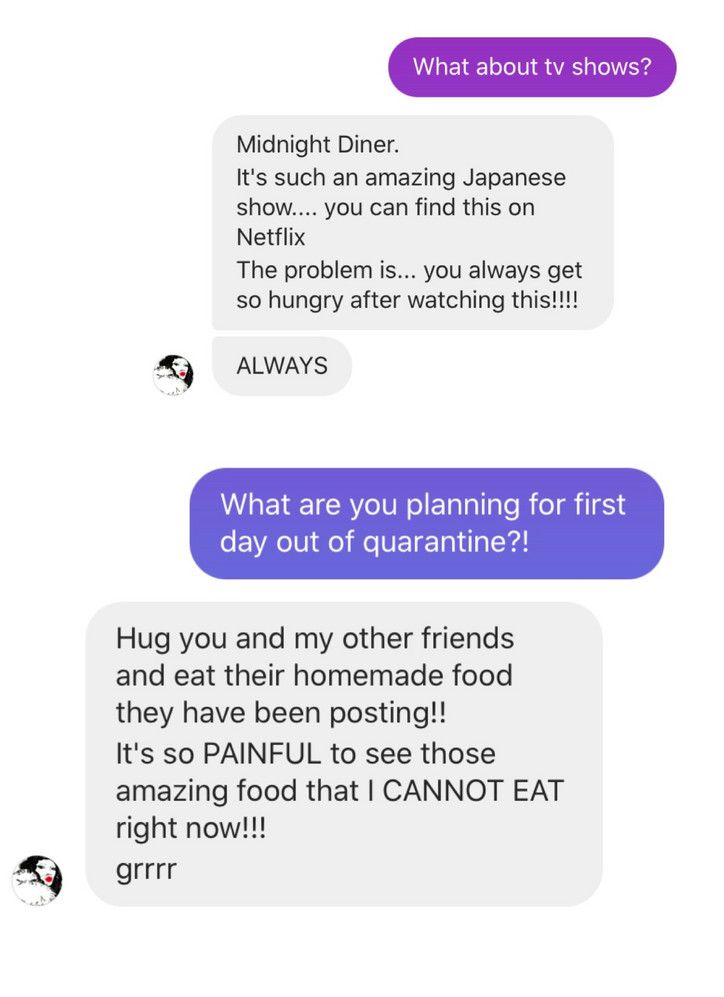
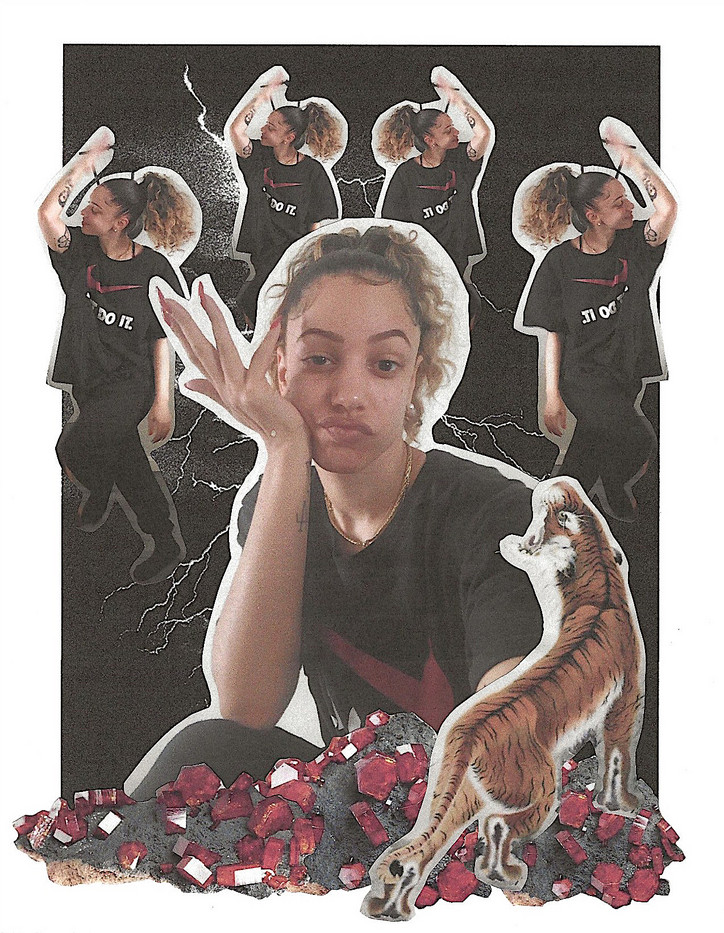
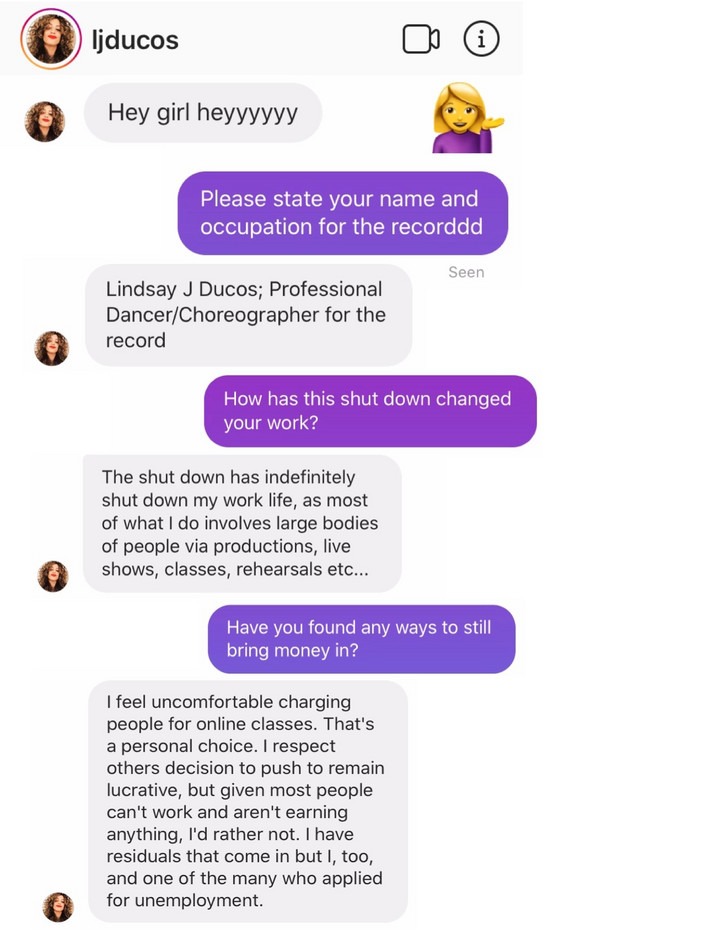
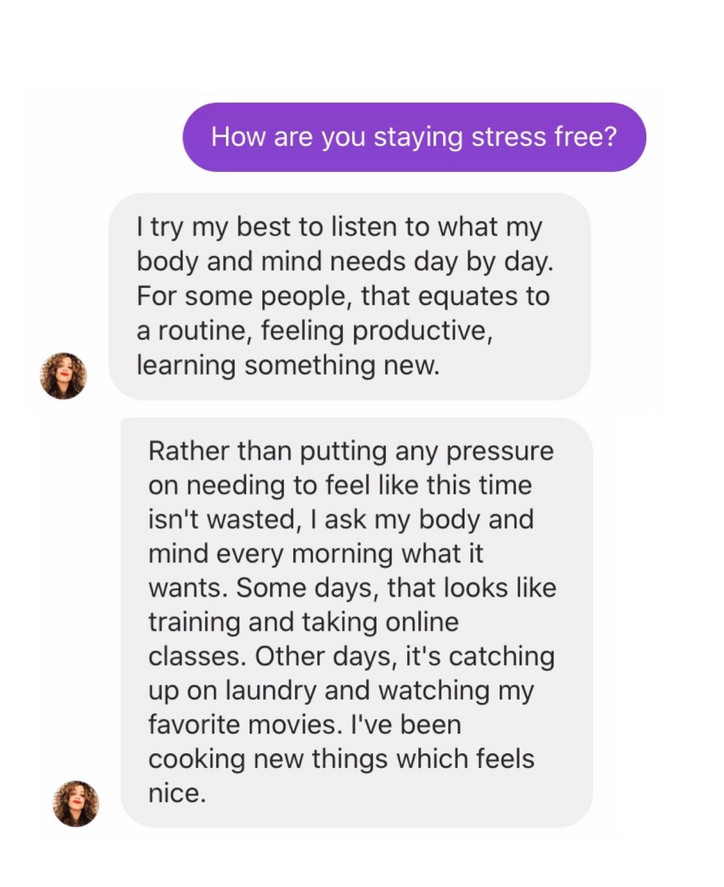
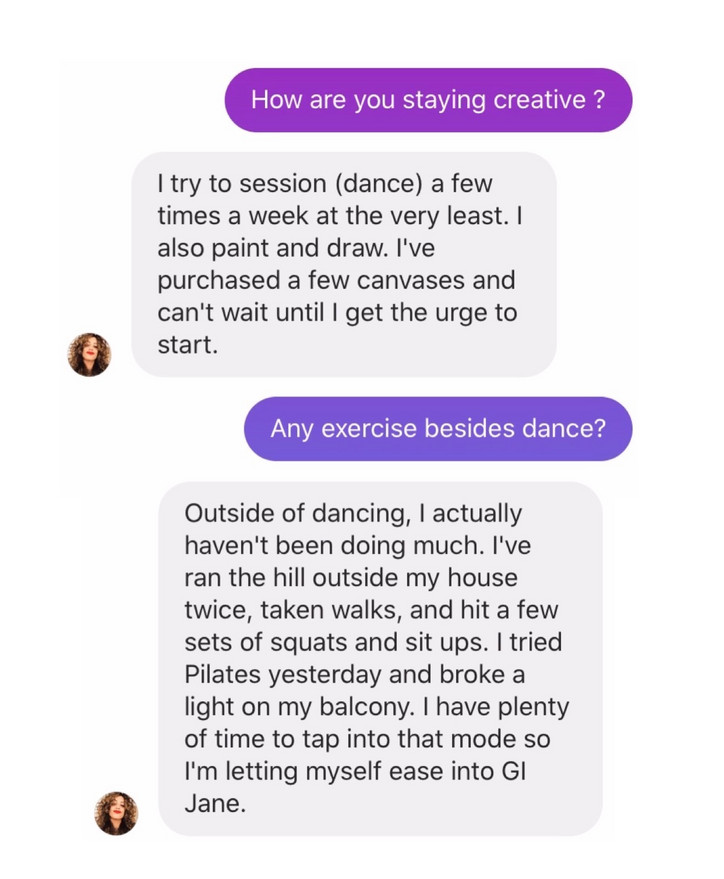
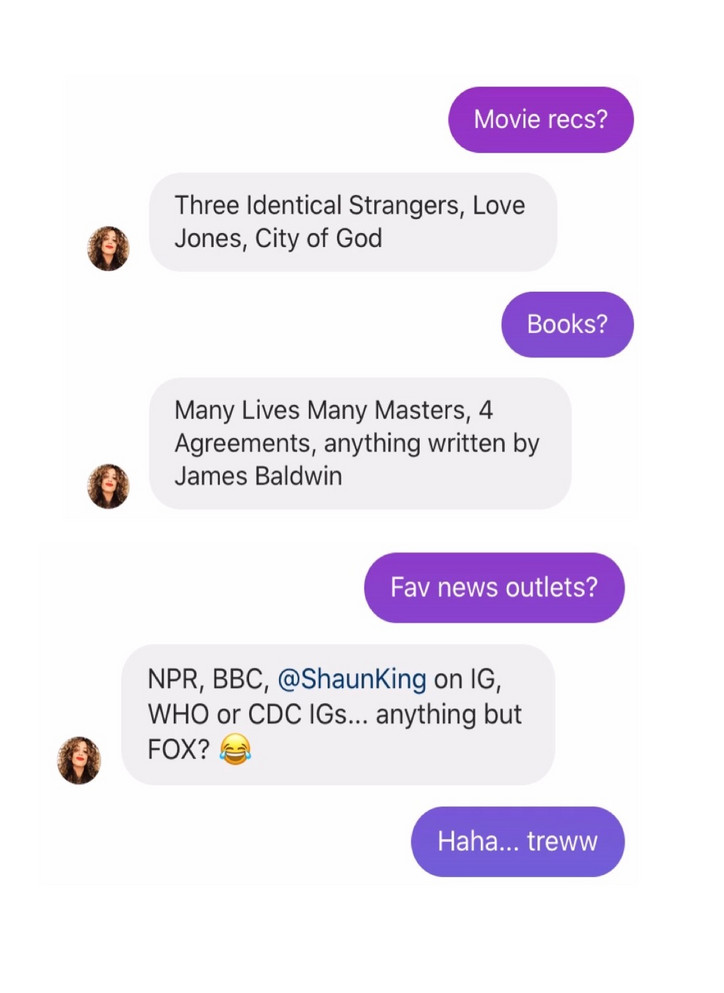
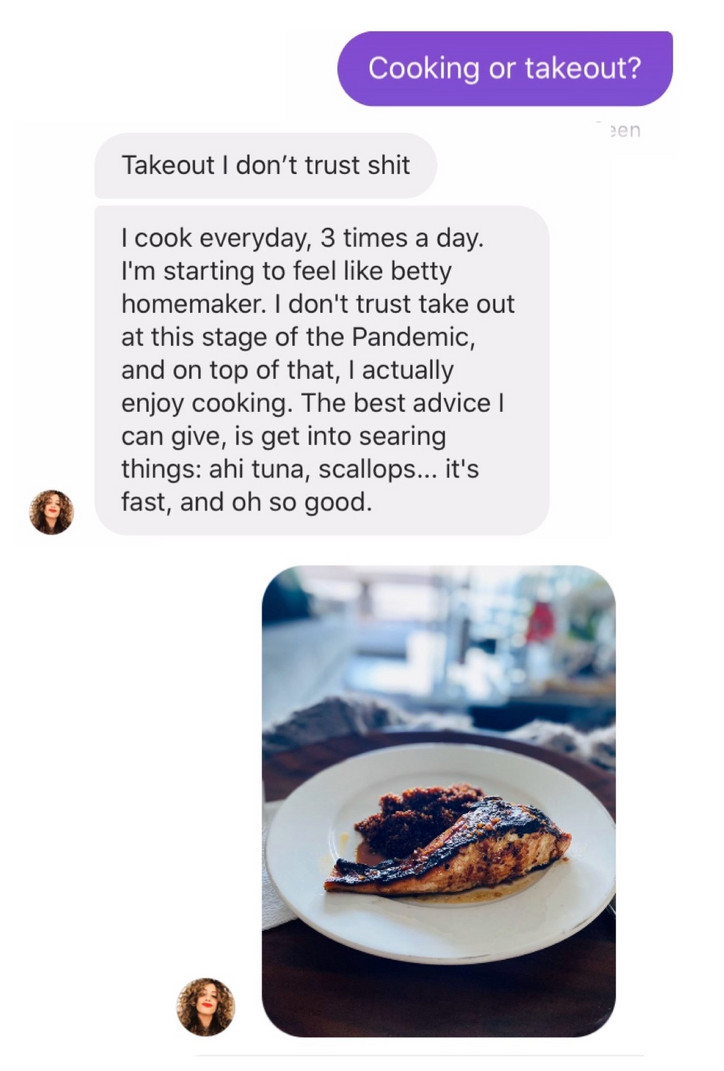
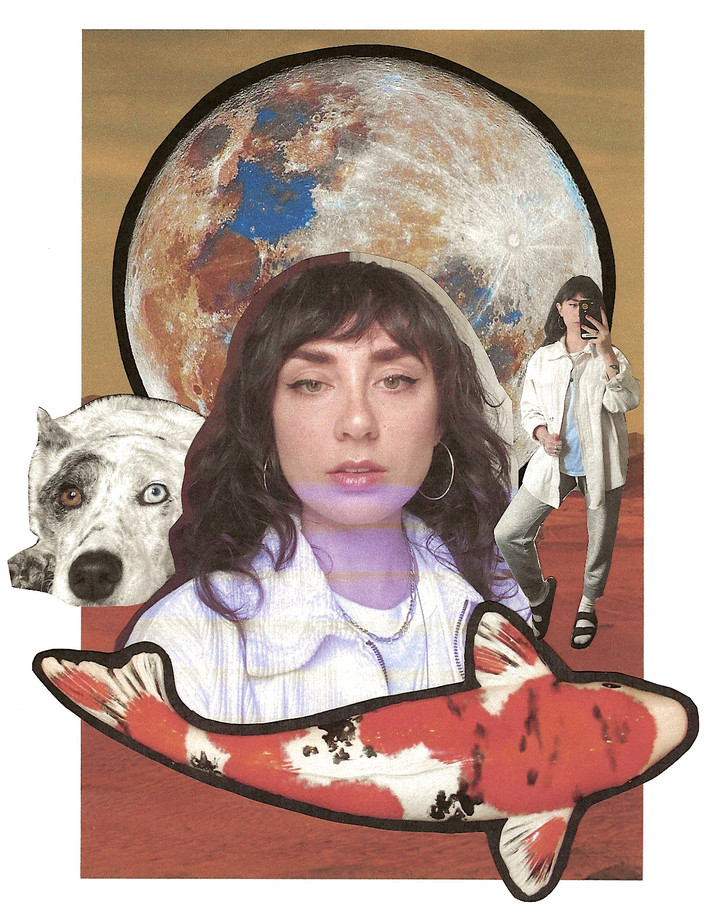

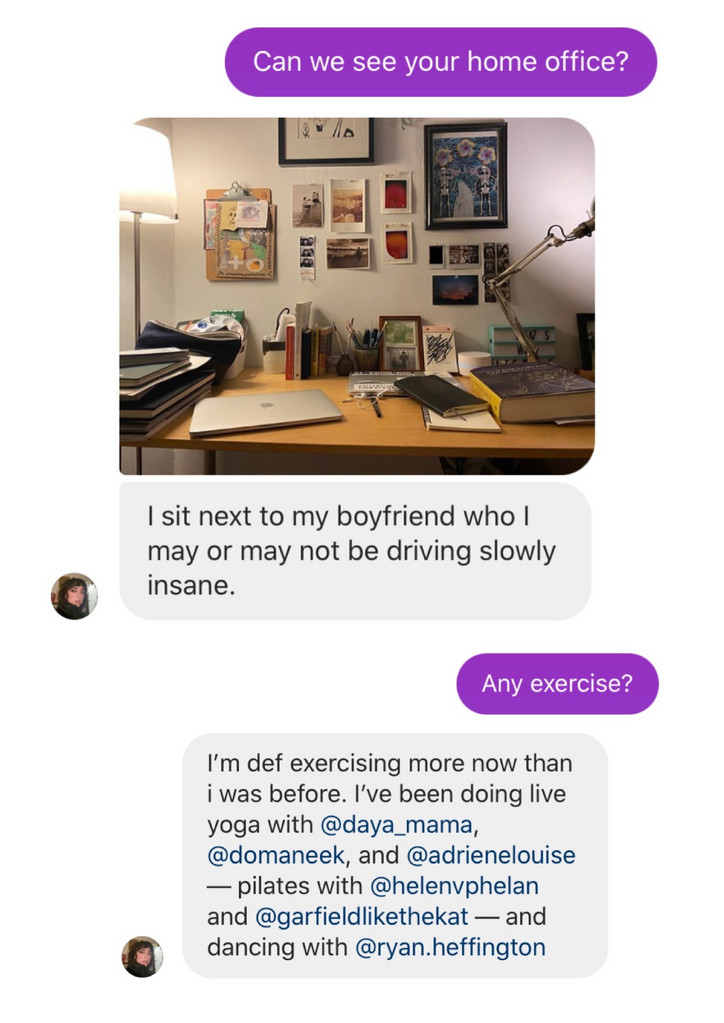
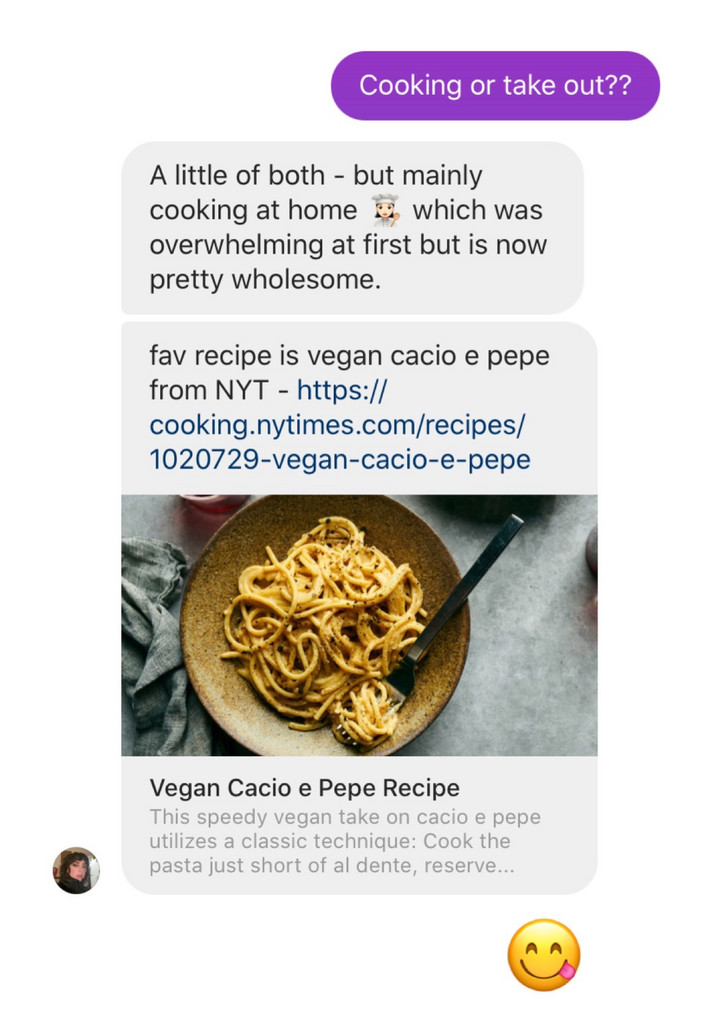
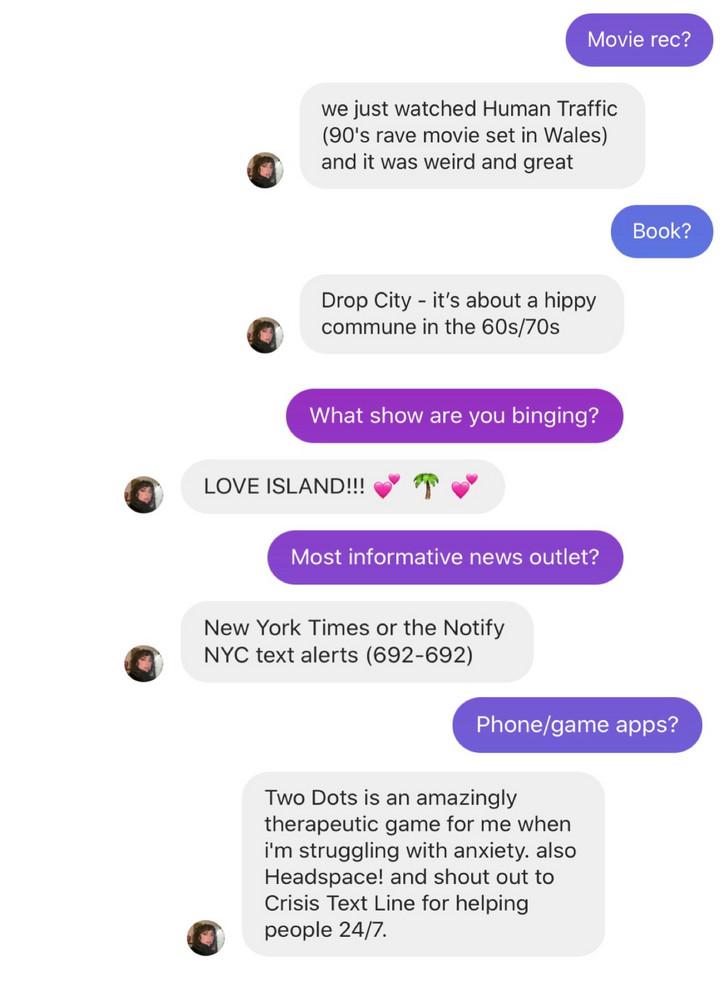
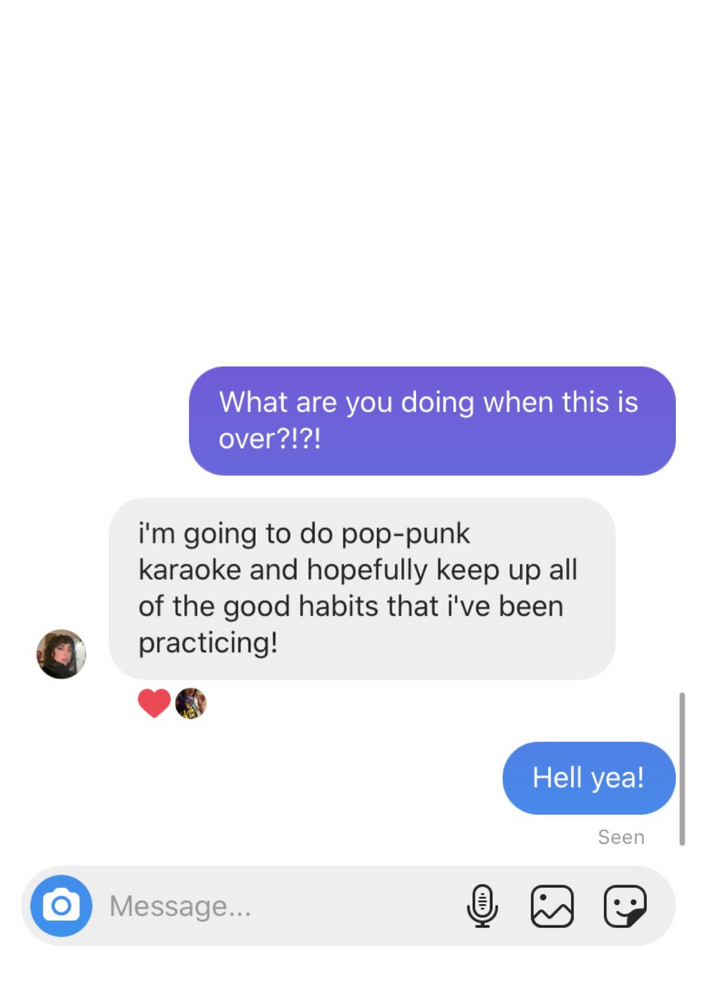
Stay informed on our latest news!































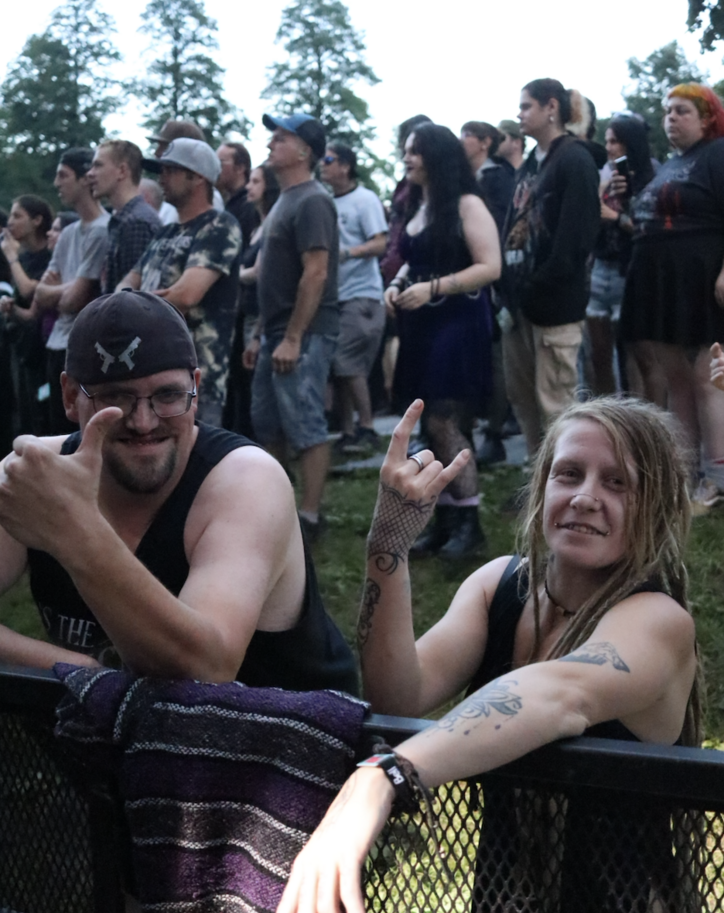
The historic event, which has been a favorite on the festival calendar since 1968, turns Québec City into a cultural hub, drawing over 1.4 million attendees and featuring more than 180 international artists each year. Held in the heart of the city, FEQ transforms the historic Plains of Abraham into a vibrant stage. This site, where a pivotal battle between the British and French once occurred, now hosts the festival's Bell Stage at National Battlefields Park, a venue with a staggering capacity of over 90,000.
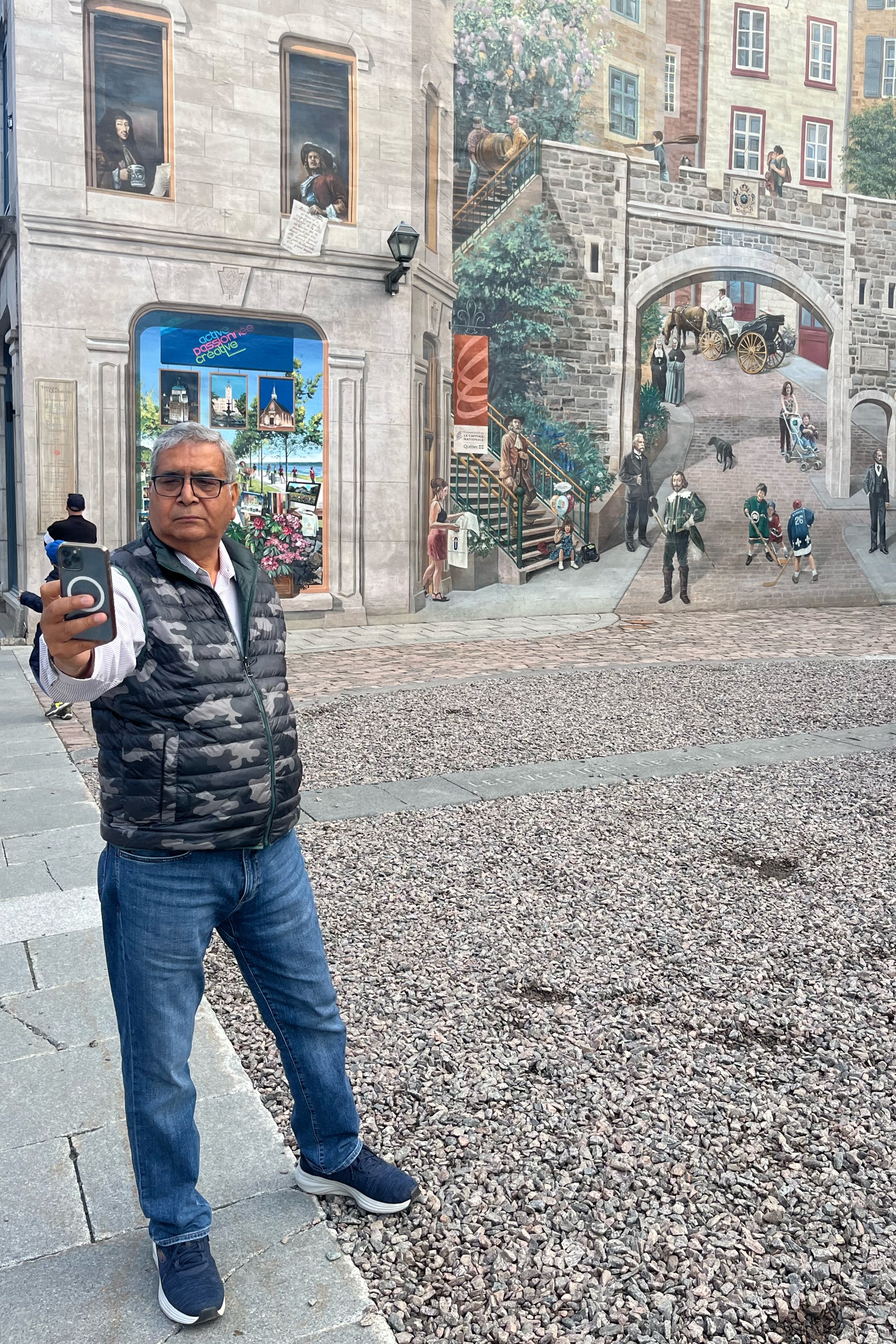
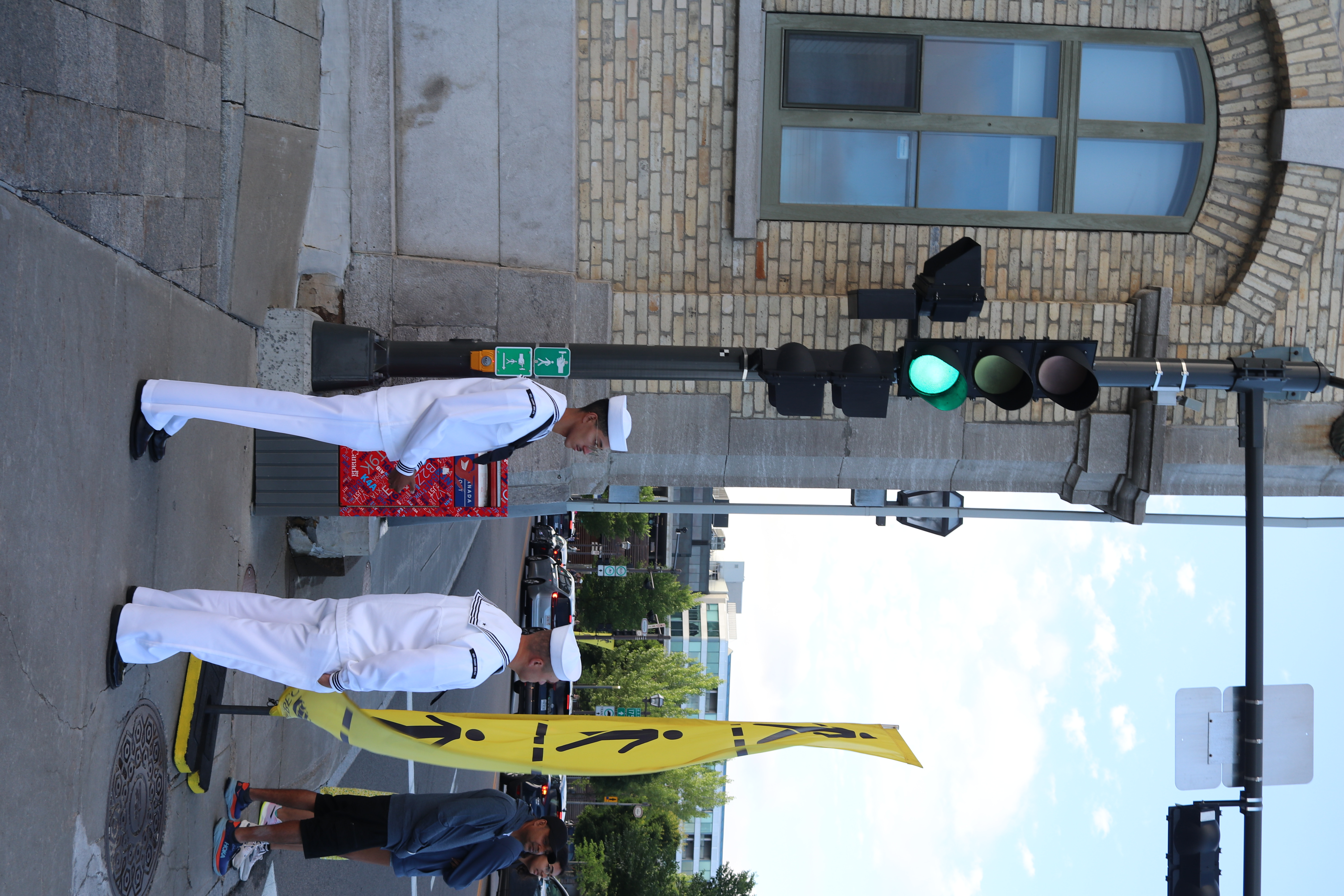
It was only right that the opening night was headlined by Nickelback as they took to the mainstage in their home country to deliver a powerful performance that exhibited nearly 30 years of rock anthems. Excitement peaked on Friday as Killer Mike and 50 Cent brought strong rap performances to the stage before a nostalgic Saturday evening saw the Jonas Brothers and Carly Rae Jepsen bringing out the masses to hear their hits live.
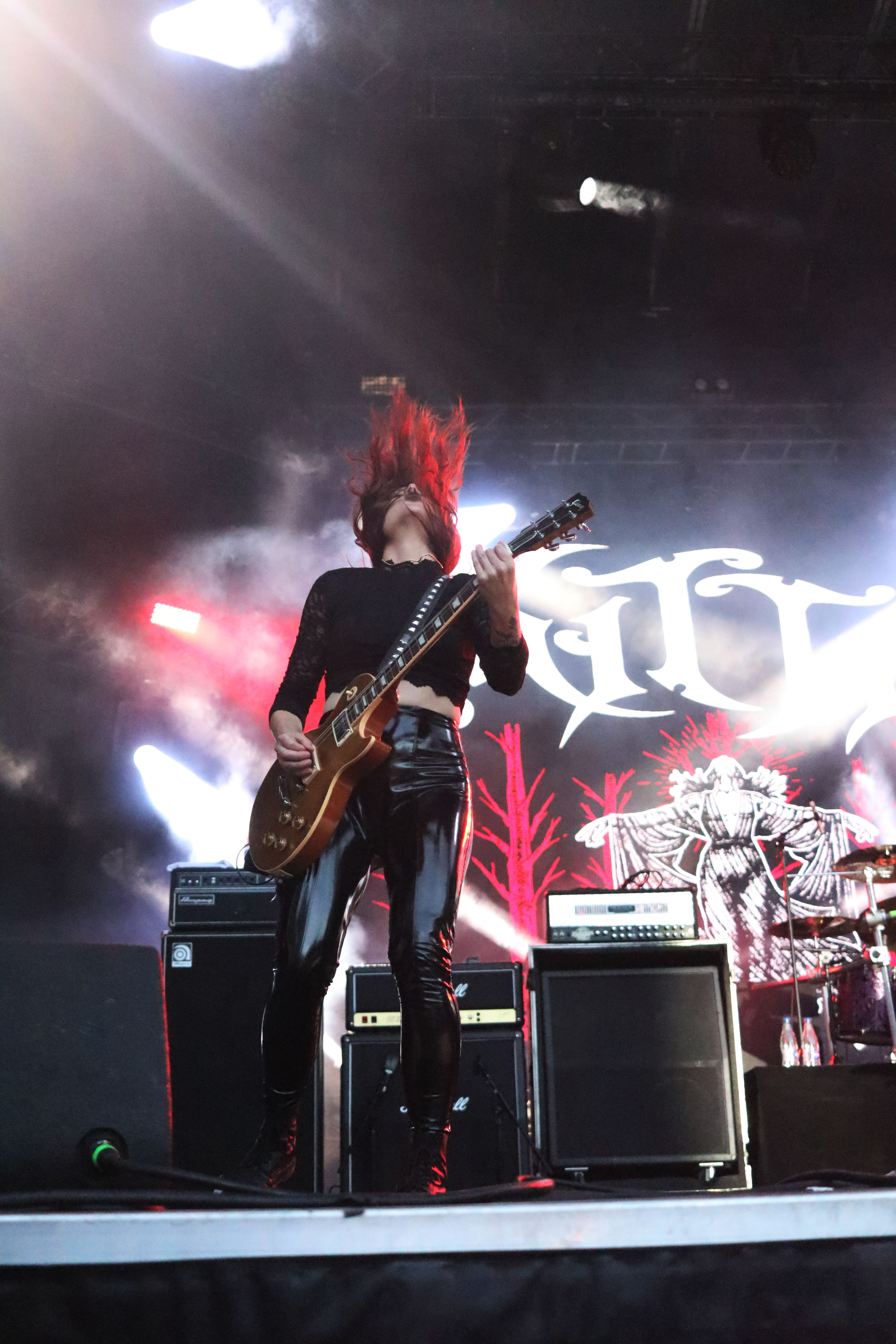
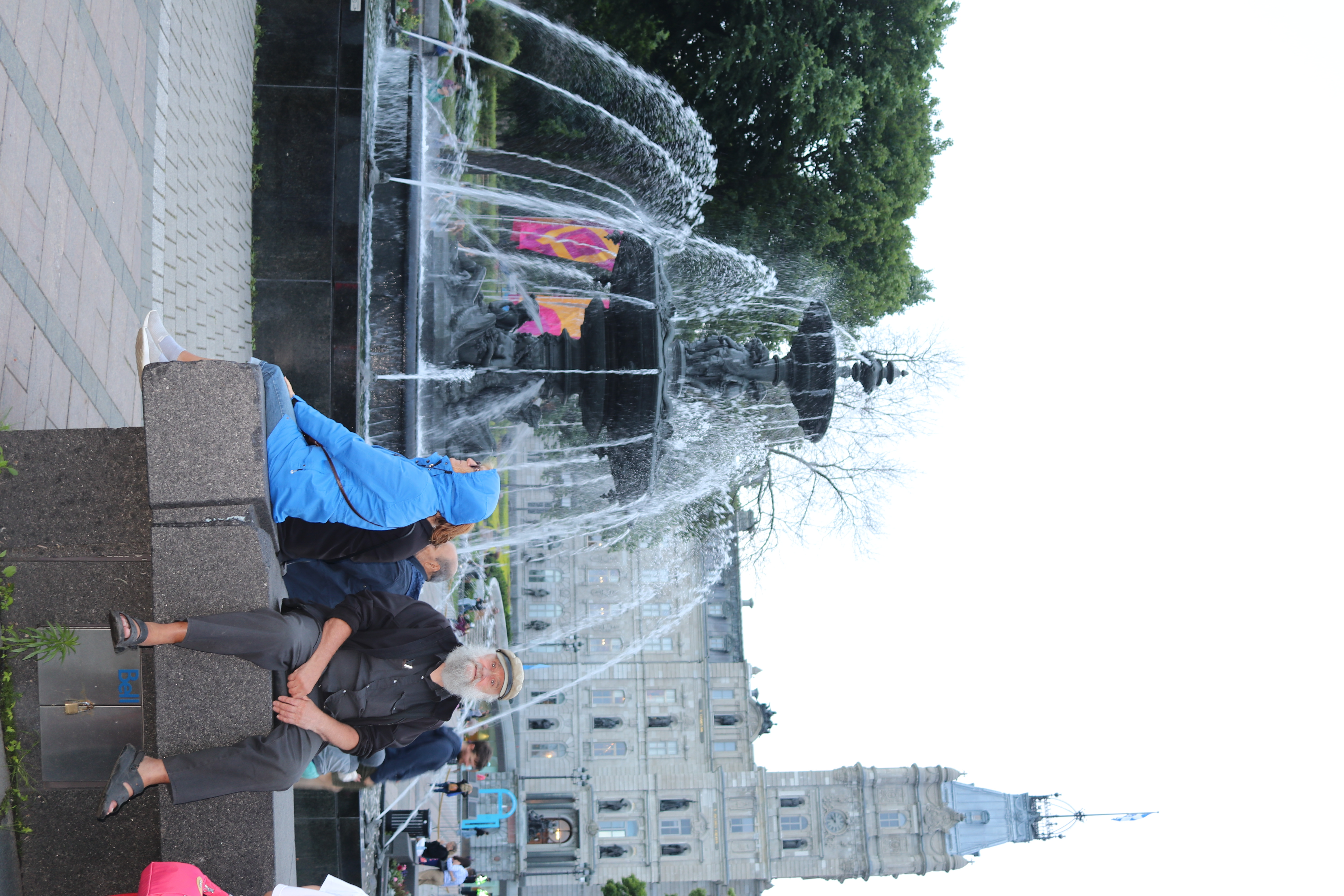
Our early departure sadly meant we weren't there to witness the likes of The Offspring, Post Malone and J Balvin among others. Despite only being there for a portion of the festivities, it was clear that the renowned festival remains a testament to the city's rich cultural tapestry and its dedication to celebrating music in all its forms.
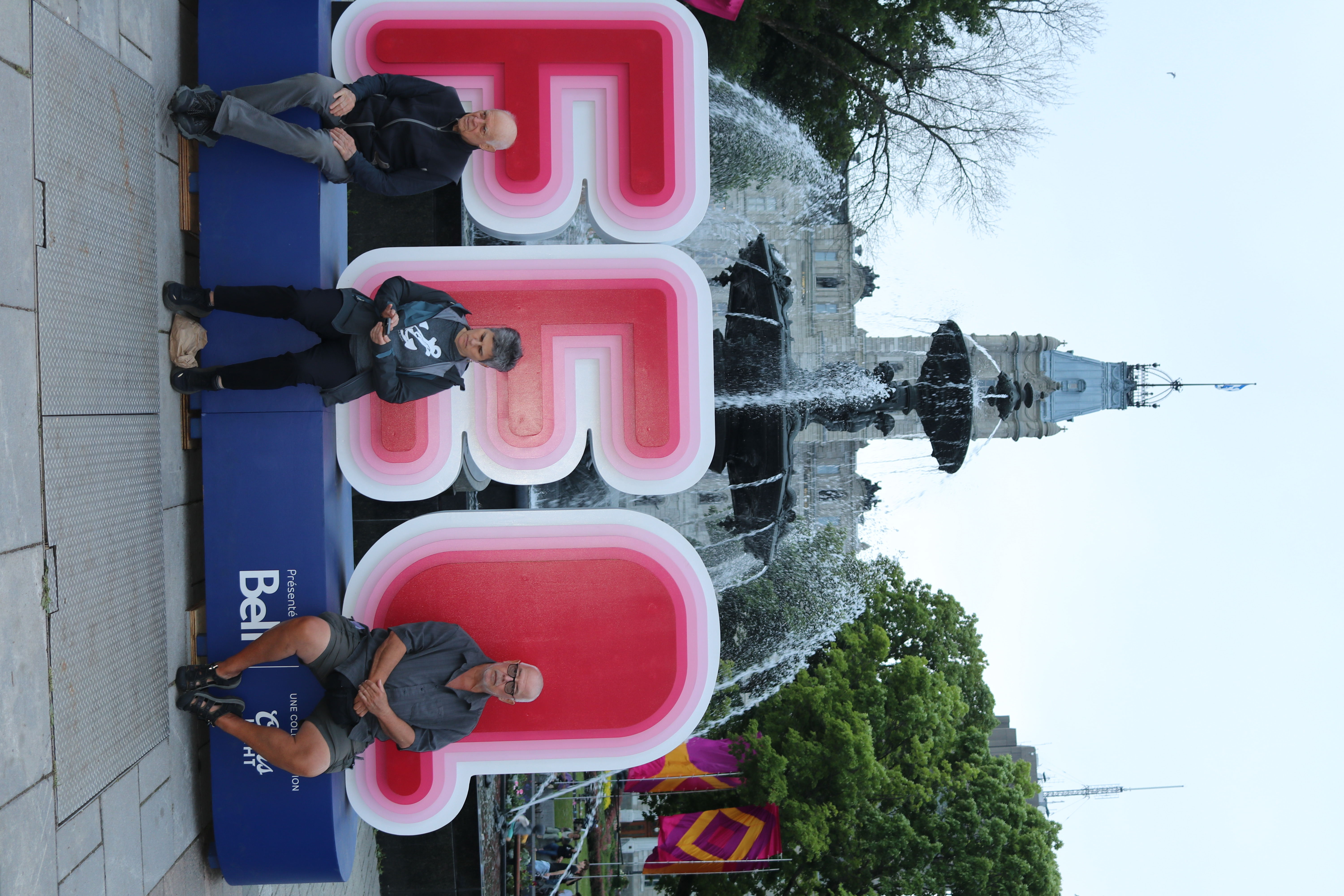
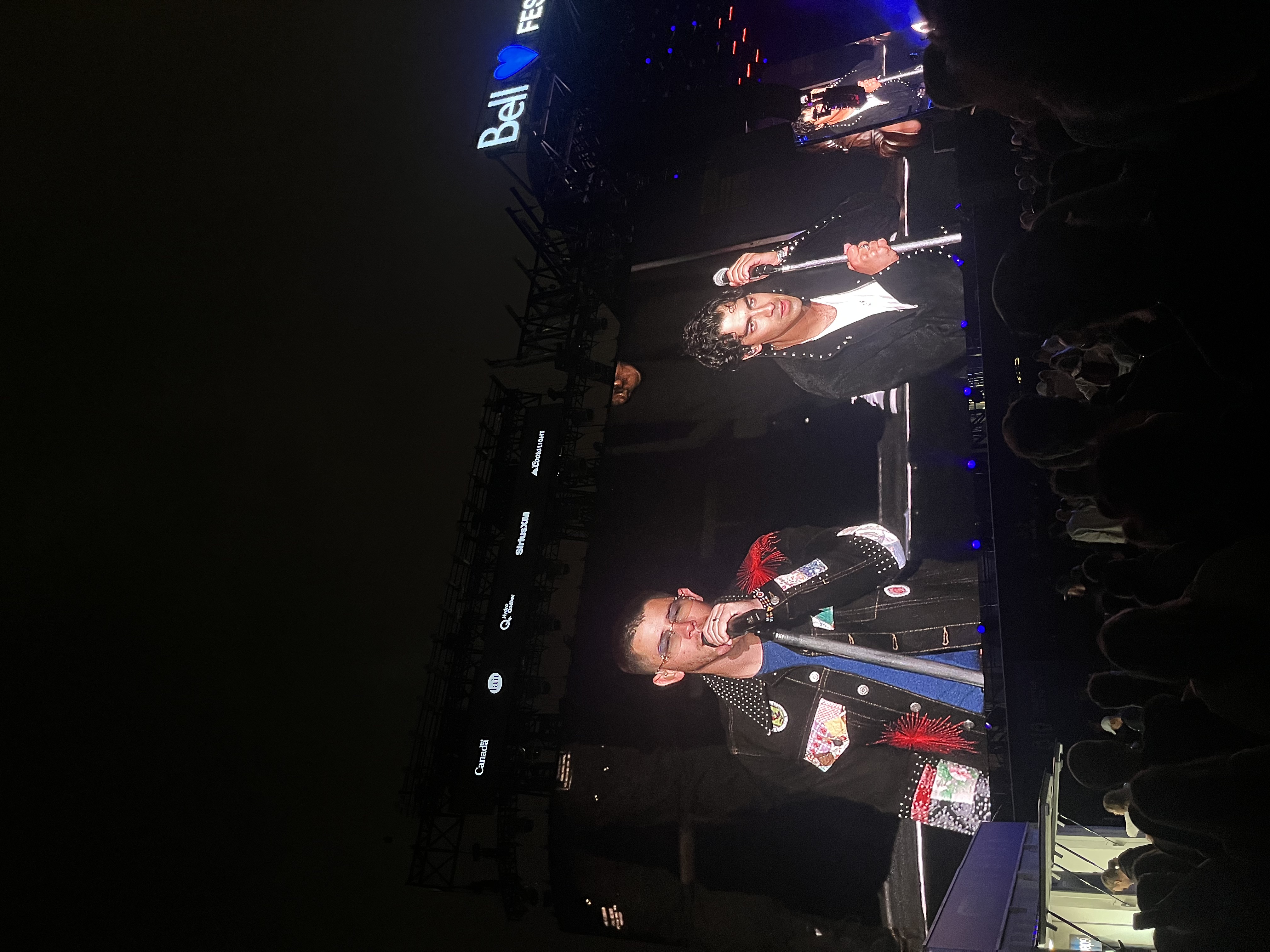
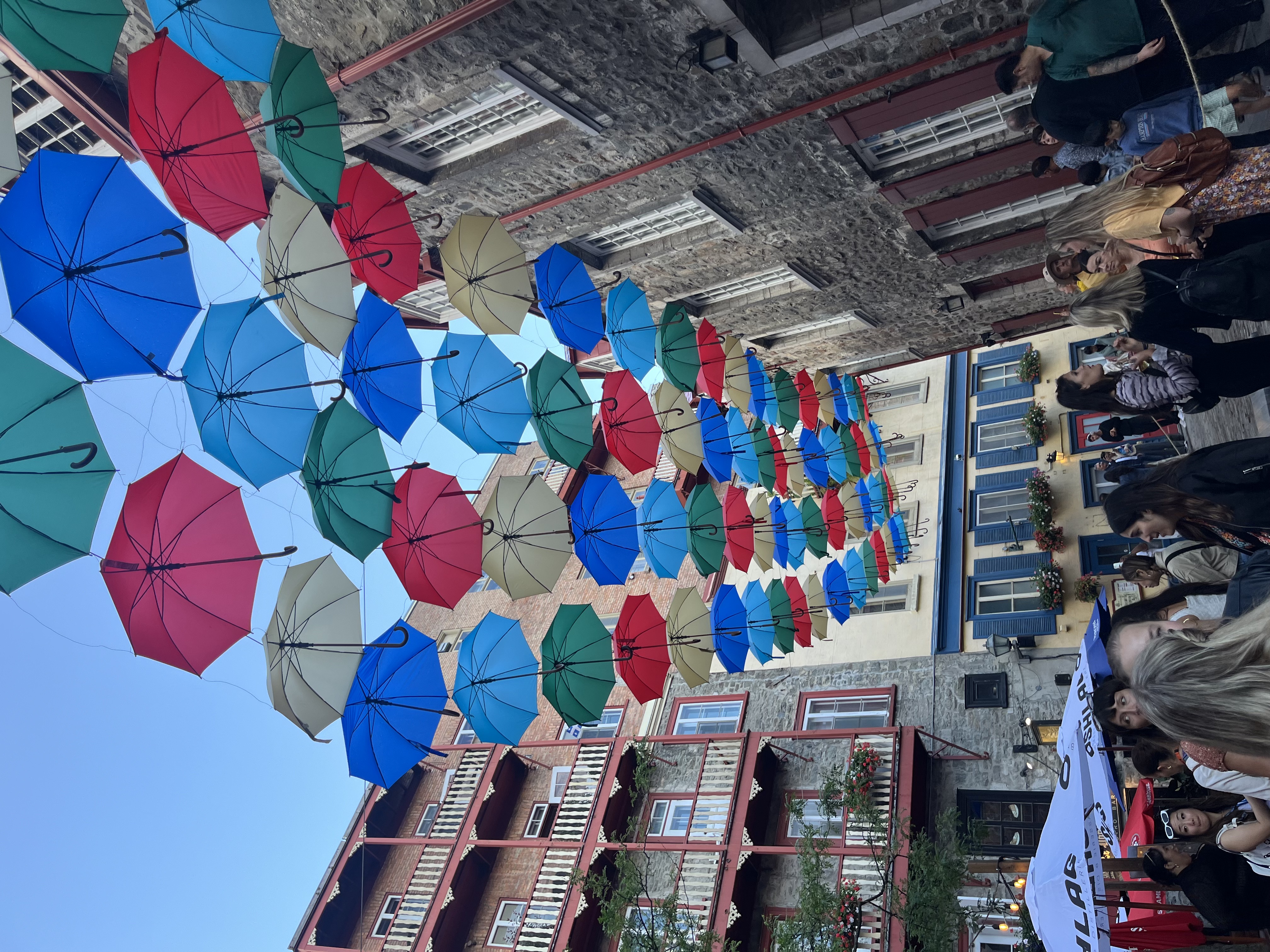

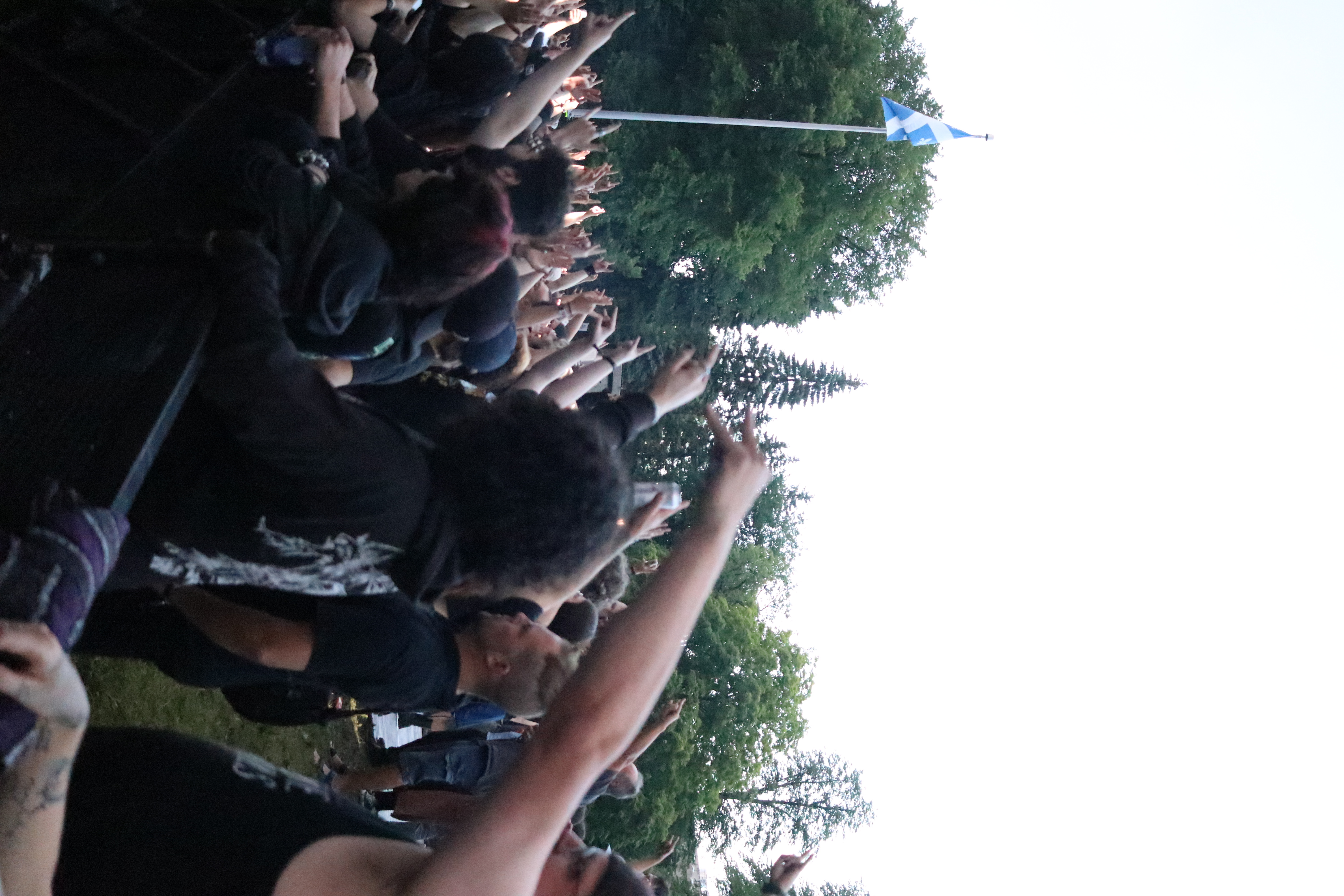

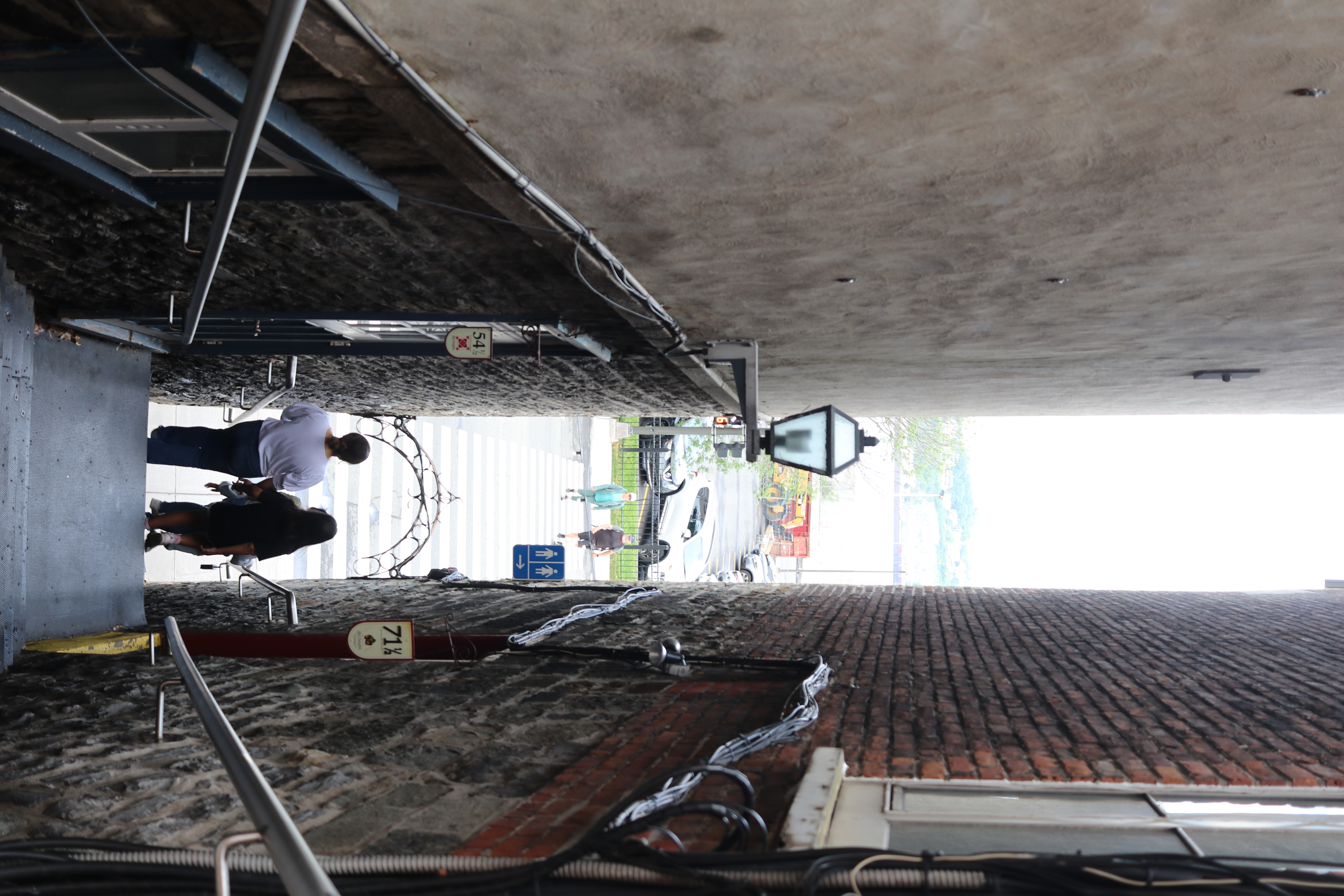
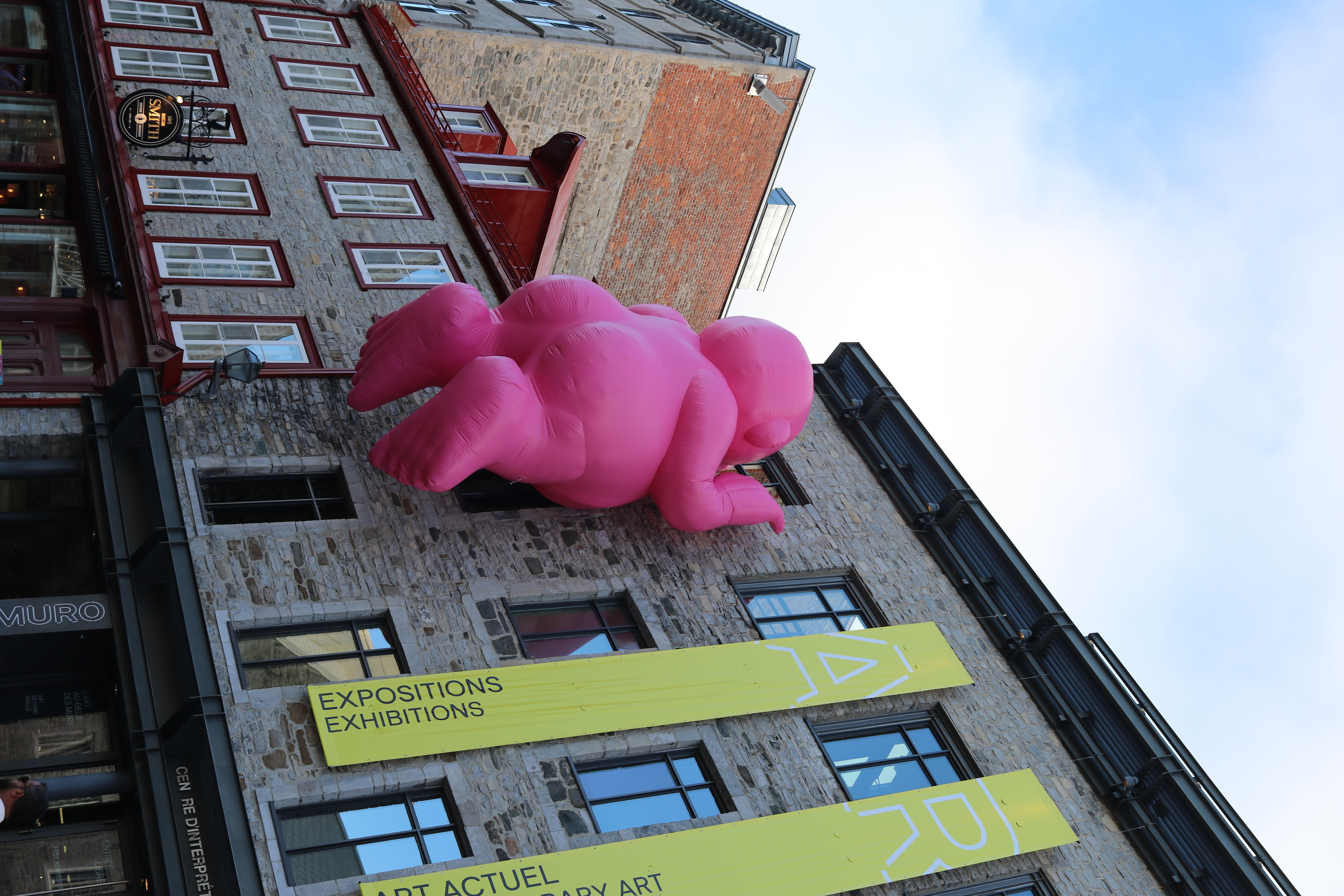

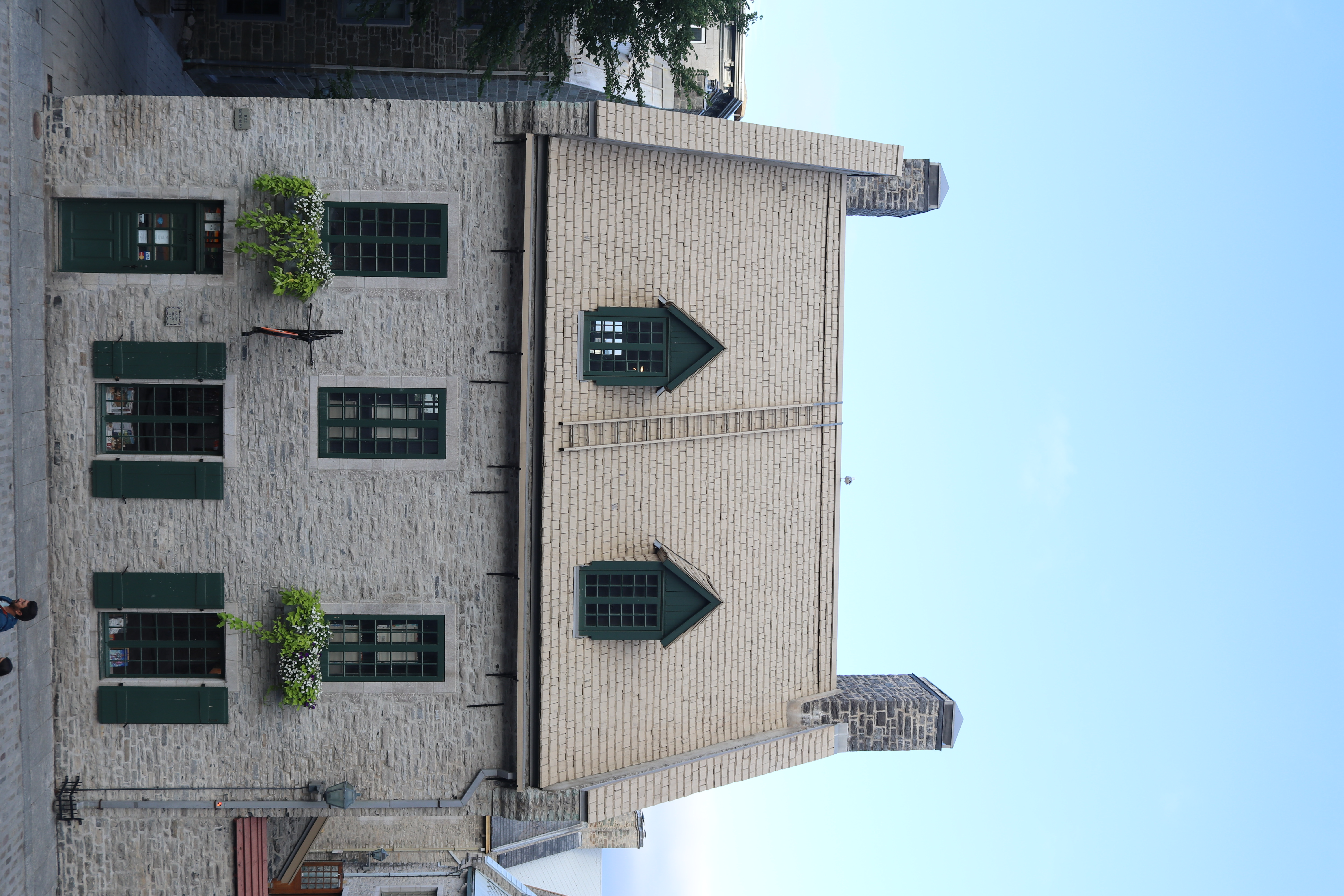
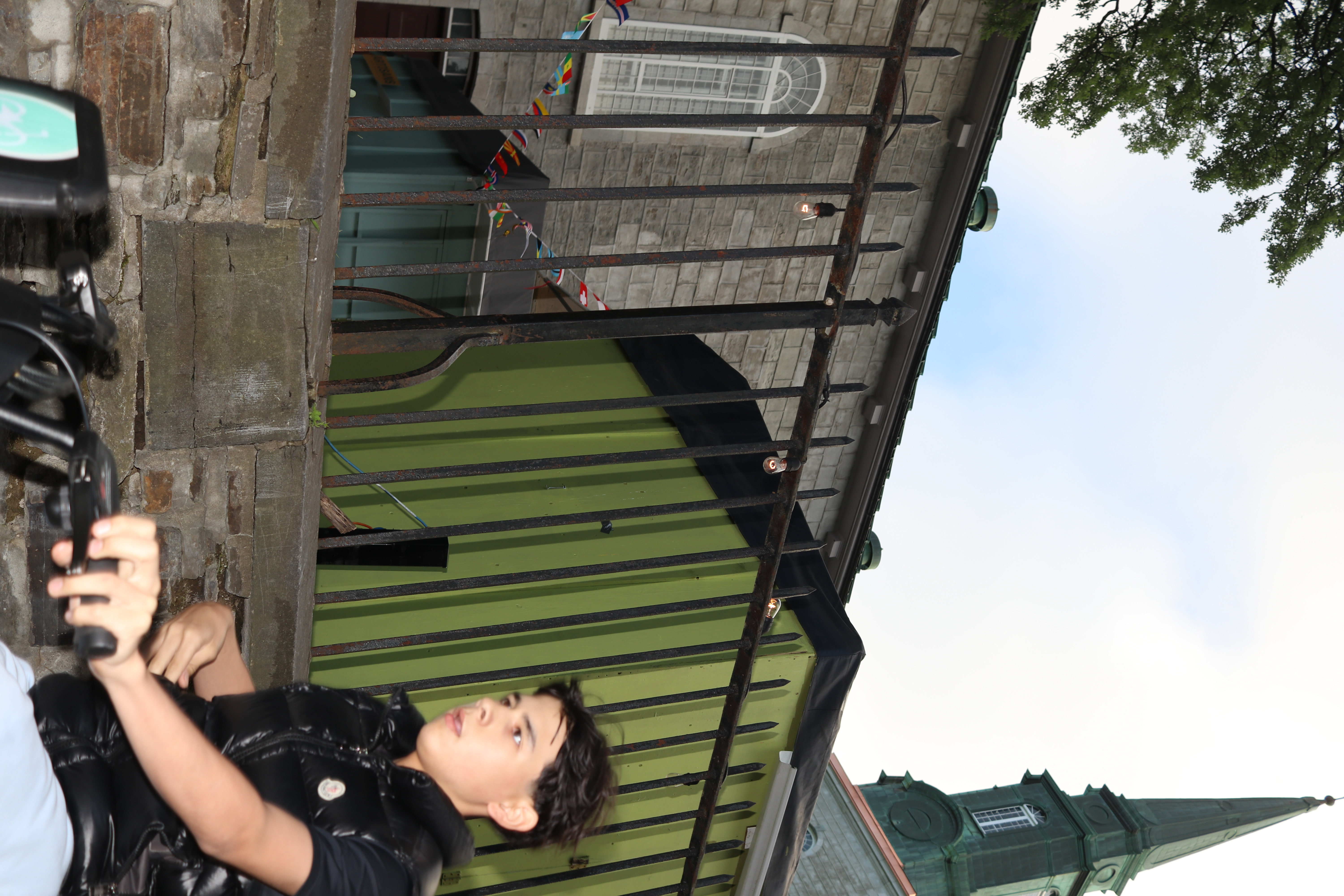
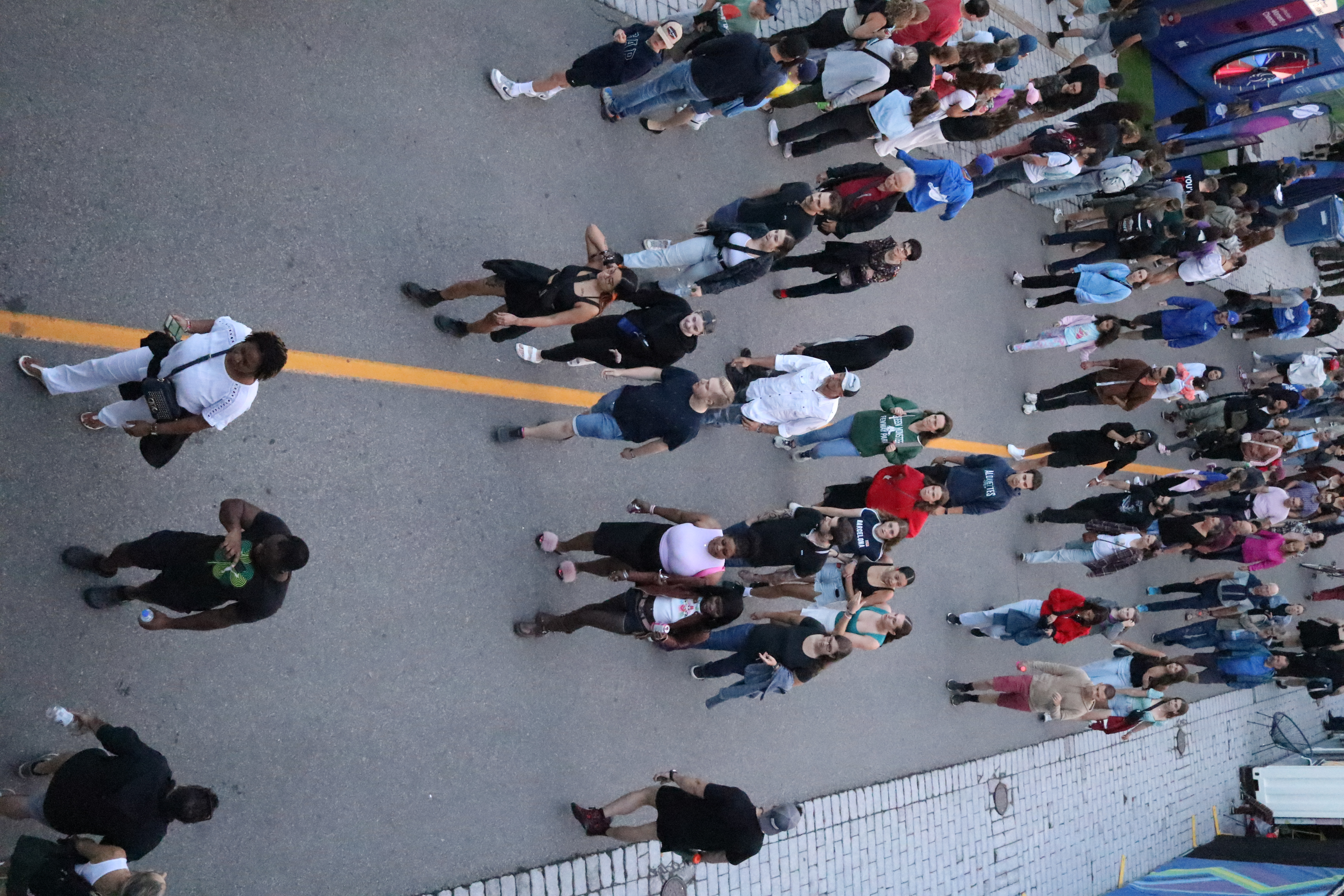
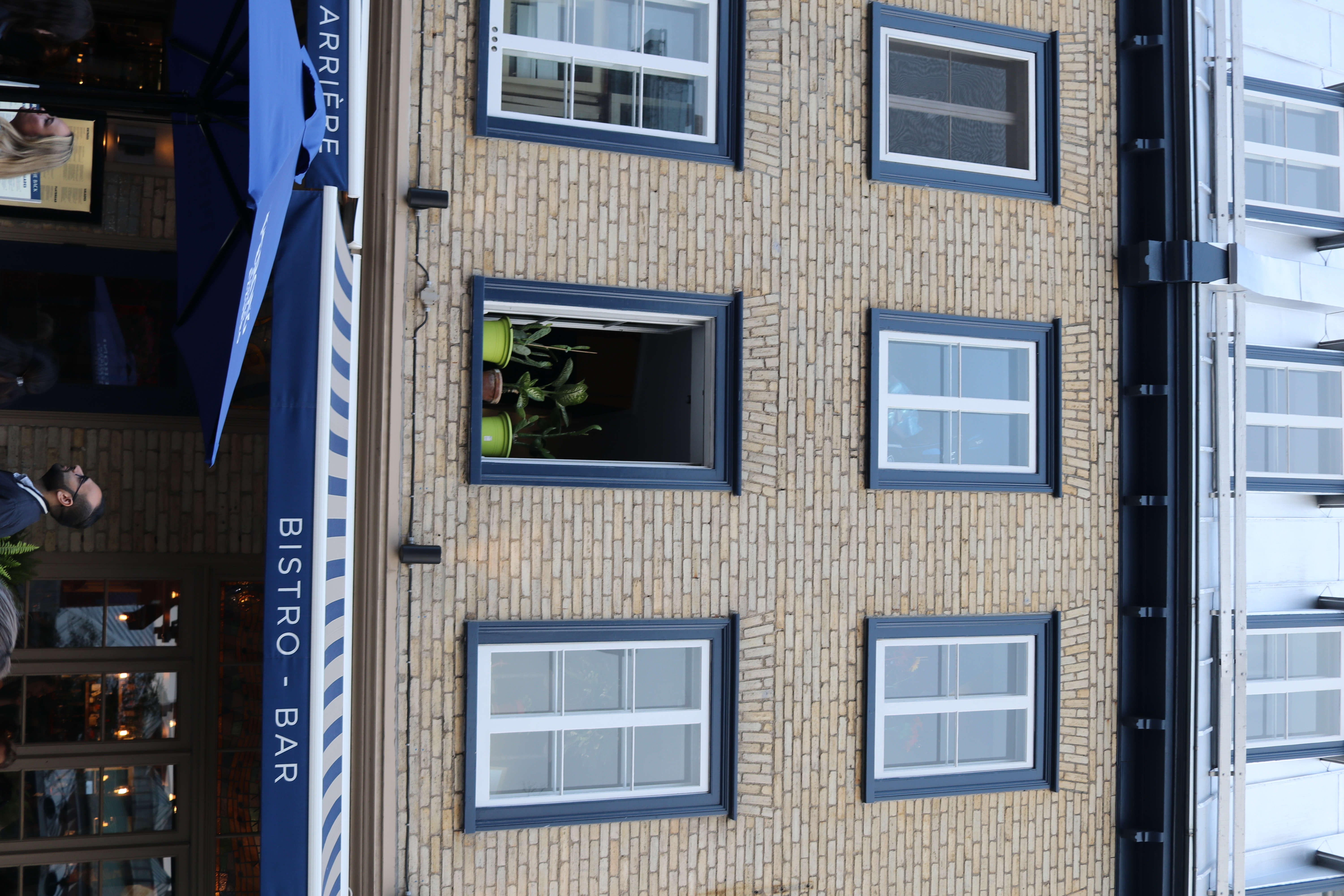

What is your ideal office?
At home surrounded by my plants and my dog.
What is your morning routine?
I wake up and go for a walk with my dog and pick up a matcha. I find that moving my body and getting fresh air first thing in the morning is critical for starting the day off right. If it’s a writing day, I might sit for a tea meditation to allow the words to pour in.
When was the last time a book made you cry?
Every book makes me cry. I’m a voracious reader, and something about leaving a world behind makes me emotional — regardless of the ending. Perhaps that’s why I do the work that I do.
Who was the first person you idolized?
My mother. She taught me to see the world with wonder. She still does.
Where do you go when you write?
First I go in, then I go out.
What is your favorite essay in The Overview?
There’s an edition about crows and ravens — how they have been observed holding funerals — and the universality of grief that comes to mind. Or the one about the mystery of dark matter and dark energy, which comprise the vast majority of our universe and yet scientists cannot identify. And another about dragonflies and incomplete metamorphosis, which came from a deeply tender place.
What’s something you’ve learned about nature that other people should know?
Despite the frameworks many of us have been raised with, nature is inherently queer and trans. Countless species exhibit homosexual behavior and exist on a spectrum when it comes to sex and gender — including gynandromorphic birds and insects, clownfish that change sex, and fungi that exist in tens of thousands of different forms of what we call gender. Biodiversity is the hallmark of nature, and what is queerness if not a celebration of that?
Is romanticism dead?
It’s up to us what we let die, and what we let live on through us. I choose to be a romantic. I think I always knew that I wouldn’t survive this world if I didn’t fall in love with it.
Which weather phenomenon best describes you?
I’ve always loved summer storms. Something about the rain and lightning feel cathartic to me, like a release of tension building under the surface that you couldn’t previously place. Maybe that’s not me, but I hope it’s what my words can be.
What have you learned recently about yourself?
That I never stop evolving.
How do you find balance?
I write.
If you could be any animal for a day, which one would you choose?
A hummingbird. They are the only animal that has the ability to hover, which they adapted in order to remain unmoving enough to drink the nectar of delicate flowers without damaging them. I often think about that: how sweet it would be to finally learn to be still.
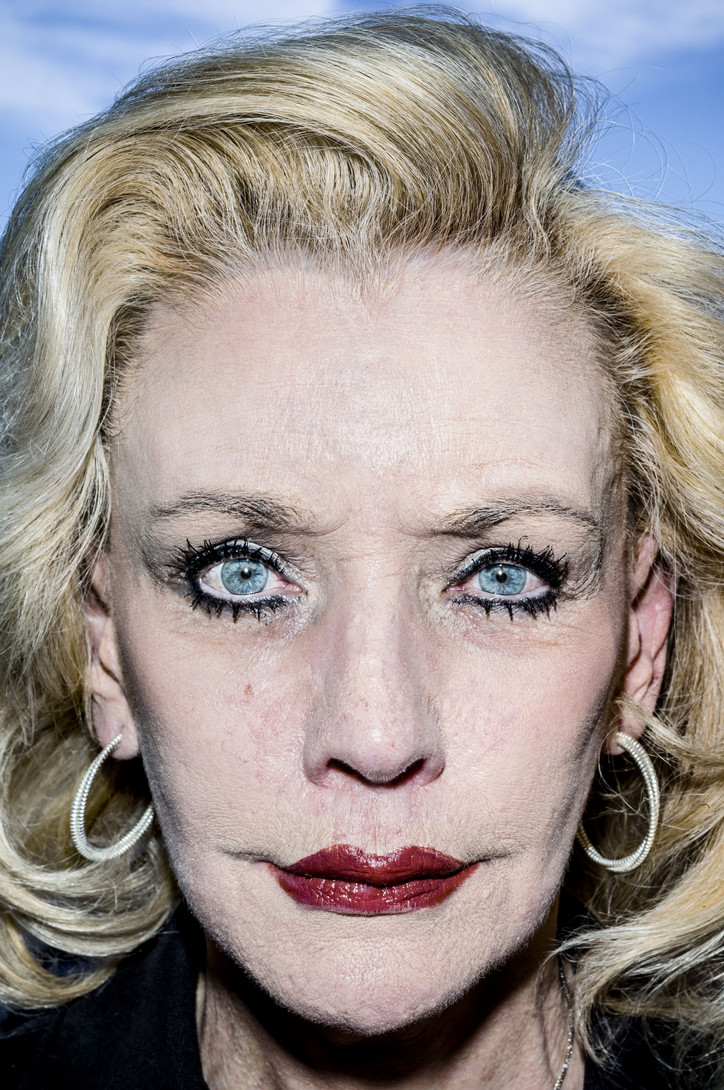
Hi Bruce. Congratulations on opening a major show! How do you feel?
It’s always nice to have a major show especially since the work is very strong and it looks great, but I have to say that I could have put many more photos in the show without a loss of quality.
You were intimately involved in the curation, what was the process of looking back at your career like?
I curated the show and chose photographs that I liked, some iconic and others less known, showing where I started and where I am now.
Before you were a photographer, you studied sociology. In a way, I view your photography as a sociological study. Would you agree?
I only took one sociology course in college. I photograph what interests me.
You mentioned watching Antonioni’s Blow-Up (1966) as a turning point that decided your pivot toward photography. Does cinema continue to have an impact on your photographic practice?
I’m not a fan of Antonioni as a director but because of the movie Blow-Up, photography became fashionable in 1966 so it crossed my mind that I could try being a professional photographer. I never held a camera in my hand before.
Cinema has always had an impact on my photography. My candid work has definitively been influenced by Film Noir among other genres.
You started with black-and-white photography and people on the streets of New York which you intimately know, in a time when photography was transitioning toward color and increasingly given a political function. How and why did you decide against what was in vogue?
It was in Coney Island that I started my black-and-white photography, and then I worked on the streets of New York.
I see in B&W and I’m not into trends. My motto is “Be Yourself”.
Then you started doing color photography only recently. Why?
I still do B&W, but I felt I needed a change. You can’t do the same thing forever, and when you start something new and different, you feel energized.
You use flash and capture people in their most vulnerable moments. There is a different kind of closeness here. What draws you to socially marginalized populations?
I don’t agree with your statement about “vulnerable moments”. What draws me to socially marginalized populations is that I’m an outlier and not part of the mainstream. I just feel comfortable with them.
Do you feel connected to them through photography?
No, I feel connected to them through life, and photography is the bridge that connects us.

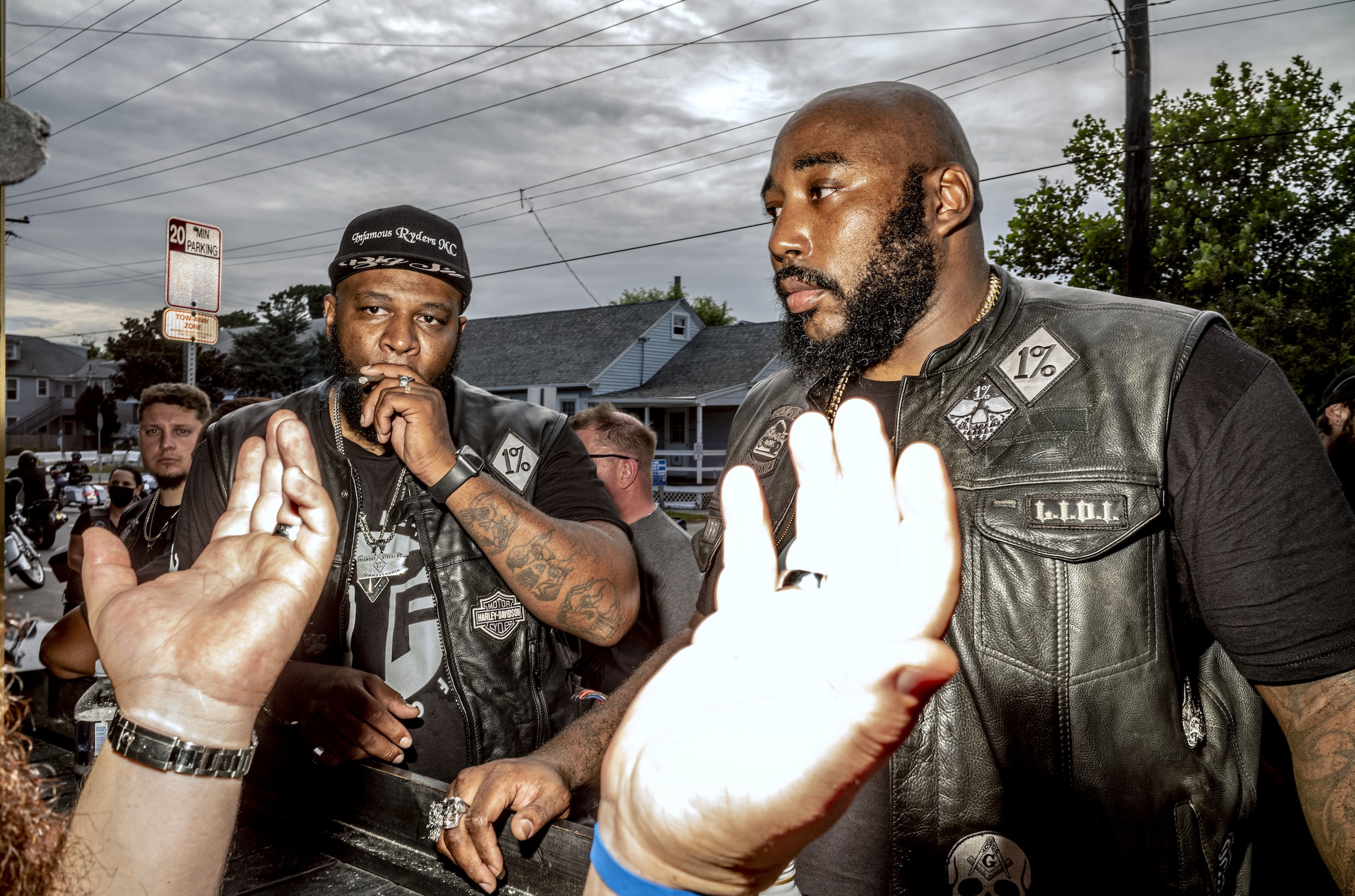


Your photography evokes strong reactions from critics and the public alike. Do you ever feel misunderstood for the choice of your subject matter?
I have many people — critics and those in the public who consider me legendary, and others who don’t like my work. Whether you like it or not, it doesn’t leave you indifferent. My pictures are about real people and real life. I photograph what’s inside my heart.
You’ve photographed Japanese yakuza mobsters, sex workers, and bike gangs. Could you say more about such attractions?
Since childhood, I have been attracted to characters, and If you know something about my past (myself, my parents), you’ll know where this attraction stems from.
Do you ever stage your subjects for theatrical effects? Or are you only interested in utmost authenticity?
In my newer face and waist-up portraits mostly in color, I ask permission. All my other work is candid as is some of the recent work (Bikers, Korea, Italy, etc).
Do you pay attention to other filmmakers and photographers? If so, who are you watching?
When I started photography, I learned my craft by looking at other photographers’ work and then eventually I became Bruce Gilden. These days I pay attention to what’s inside myself.
